QNED86A6A is a television that really does a great job in its price class when it comes to sports, gaming, and everyday TV viewing. The 120 Hz panel makes the image smooth, and the motion sharp, which will be appreciated by both fans and gamers. Additionally, it has low input lag along with a full suite of gaming features such as HGiG, VRR, and ALLM. The television works just as well with a computer as it does with a console, so in the office or on a desk in the 43” version, it will serve excellently as a work monitor. Another strong point is the webOS system. It’s a fast, stable, and app-rich operating system that paired with the Magic Remote provides very convenient operation. The new version of the remote is slimmer and fits better in the hand, and the on-screen cursor is a feature that many competitors lack. On top of that, there are classic features – USB recording, Bluetooth for headphones, and a full set of HDMI 2.1 with eARC and Dolby Atmos support. This makes the televisions from the QNED85 series some of the most "multimedia" televisions in their class. But there’s no point in sugar-coating it; this model also has some significant drawbacks. Its biggest disadvantage is undoubtedly the contrast, or rather the lack thereof. The IPS panel combined with the edge-lit “mini-LED” is just a very bad idea. The screen simply isn’t suitable for watching movies in a dark living room. Blacks are a greyish-blue, and local dimming can create strips of light reminiscent of lasers, which effectively ruins the viewing experience. For home cinema, it’s not a choice that can be recommended with full conviction. The second issue may not be directly related to the television itself but rather its sales. It concerns chaos in the naming conventions and differences in derivative versions. The same model, even with the same designation, can have a different colour frame or stand depending on the store. This can really be frustrating for the buyer and evoke a sense of confusion. To summarise briefly: LG QNED86A6A is a great television for sports, gaming, and everyday TV, with a convenient system and high functionality. But if you’re looking for a screen strictly for movies or series and require deep blacks, it’s better to look towards televisions that can actually be confidently referred to as Mini-LEDs.
- Matching (Score)
- Our verdict
- TV appearance
- Where to buy
- Contrast and black detail
- HDR effect quality
- Factory color reproduction
- Color reproduction after calibration
- Smoothness of tonal transitions
- Image scaling and smoothness of tonal transitions
- Blur and motion smoothness
- Console compatibility and gaming features
- Input lag
- Compatibility with PC
- Viewing angles
- TV efficiency during daytime
- Details about the matrix
- TV features
- Apps
- Playing files from USB
- Sound
LG QNED86A / QNED85A / QNED87A vs Sony Bravia 3 50' (VA)
Direct compare
QNED85A / QNED86A / QNED87A / A6A / A6B / A6C
BRAVIA 3 / K-(XX)S3
Available screen sizes: 50”

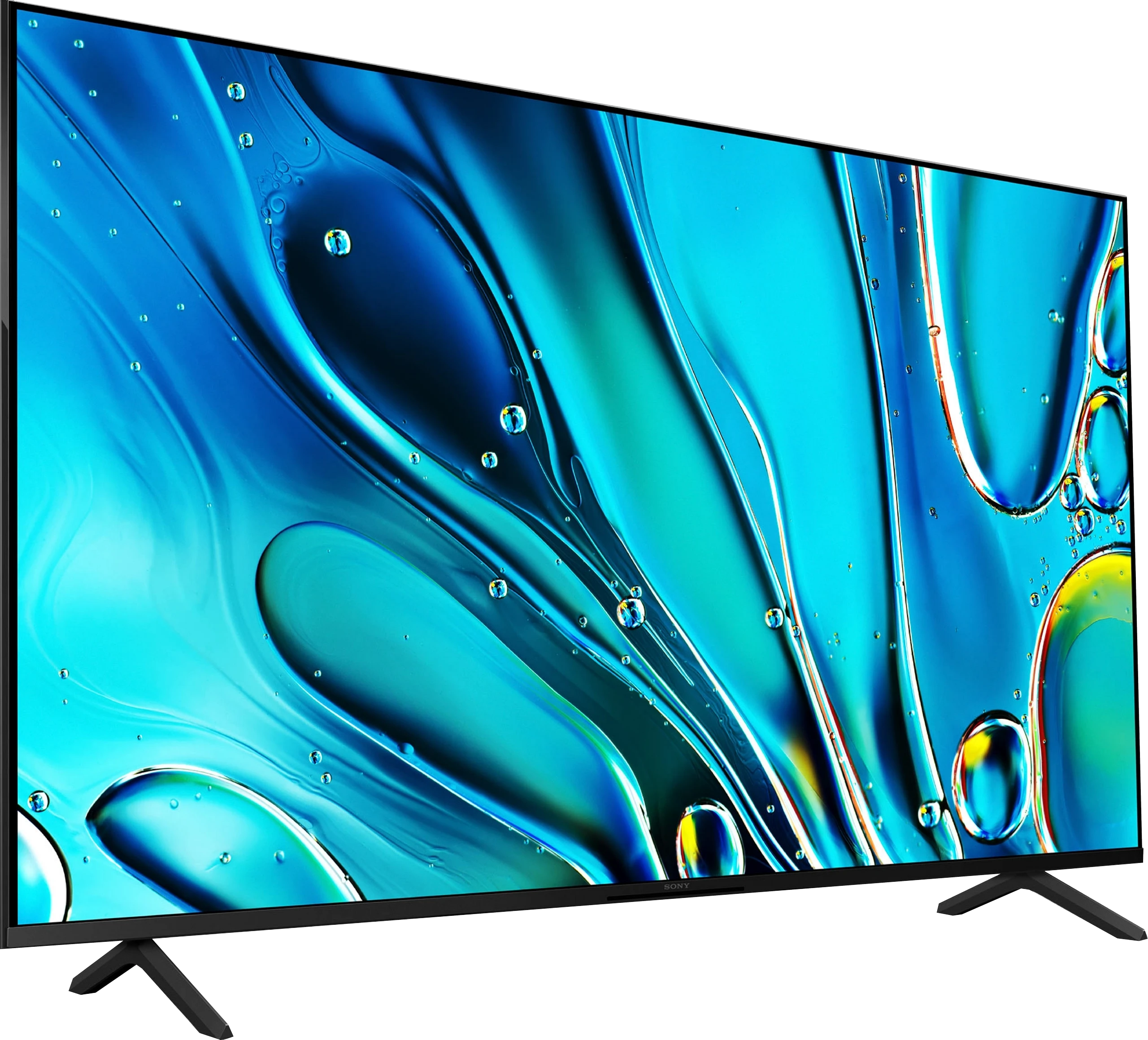
Panel type: LCD IPS
Resolution: 3840x2160
System: WebOS
Model year: 2025
Complete the survey to find out the result

Panel type: LCD VA
Resolution: 3840x2160
System: Google TV
Model year: 2025
Complete the survey to find out the result

Overall rating
7.0
6.1
Movies and series in UHD quality
6.4
6.3
Classic TV, YouTube
6.2
6.3
Sports broadcasts (TV and apps)
7.2
5.3
Gaming on console
8.4
6.5
TV as a computer monitor
8.0
3.5
Watching in bright light
5.8
5.4
Utility functions
8.4
6.1
Apps
9.1
9.6
Sound quality
6.0
6.5
Complete the survey to find out what fits your preferences
Advantages
120 Hz panel, great for sports and gaming
Very low input lag
Excellent for gamers (VRR, ALLM, HGiG etc.)
Full set of HDMI 2.1 ports
Good compatibility with PC (great font readability)
Bright picture (about 700 nits in HDR), suitable for moderately bright rooms
Good viewing angles (IPS)
Support for Dolby Vision
User-friendly webOS operating system with Magic Remote control featuring voice assistant
Ability to record programs to USB
Significantly better contrast and deeper blacks than in the IPS variant
Higher screen brightness, improving daytime viewing comfort
More uniform panel, fewer issues with vignetting and brightness spots
Smooth tonal transitions, especially in bright scenes
Wide colour gamut coverage (over 91% DCI-P3)
Effective upscaling of lower quality content
Support for Dolby Vision, which partially enhances HDR content experience
Google TV system with a large library of applications
Two remotes included – a classic one and a minimalist one
Disadvantages
Very poor black levels and contrast due to the IPS panel
Lack of the advertised 144 Hz in PC mode
Aggressive “light stripes” when local dimming is turned on (edge local dimming ruins evening movie sessions)
Confusion in model names and versions – even TVs with the same name in different stores can have different stands (central or two legs) or frame colours, which can be quite misleading when making a purchase.
Much poorer viewing angles than in the version with an IPS panel
Collaboration with PC is noticeably weaker: poorer font readability and visible dithering
Occasional stuttering of the Google TV system
No USB recording function
Our verdict
Sony Bravia 3 in the VA panel variant is a television that, in terms of character, remains the same budget model, but the change in panel type makes watching movies and series much more enjoyable. The higher contrast and deeper blacks finally allow for evening viewing without the impression of the screen drowning in shades of grey. This is a significant advantage over the IPS version, even if it comes at the cost of much poorer viewing angles. In practice, it comes down to a choice – if we mainly watch from a sofa positioned straight on, the VA panel delivers a noticeably better effect. The rest of the picture remains largely the same. The PFS filter still provides nicely saturated colours, and the upscaling is at a good level, meaning that SDR content looks clean and aesthetically pleasing. The Google TV system, although it doesn't always run perfectly smoothly, remains a huge advantage – access to a wide library of apps and streaming platforms is something that the competition in this price bracket doesn't always offer in such a polished form. At the same time, the Bravia 3 with VA doesn't resolve all the issues of its predecessor. The HDR brightness at around 350 nits still doesn't allow for a true high dynamic effect, and the lack of local dimming means that fine details can still be blown out. Additionally, there's no USB recording, which was present in the predecessor. So, who is the Bravia 3 in the VA version for? For those who want an affordable entry point into the world of Sony televisions and care about decent quality in movies and series, mainly watching lower-quality content. It is not a proposition for gamers or for someone expecting cinematic HDR effects. Much like with the IPS version, it's hard to talk about a bargain – even if it is the "cheapest Sony of 2025," it still costs more than competitors who can offer Mini-LEDs with significantly better contrast and brightness at the same price. Therefore, it's worth considering this model primarily when an attractive promotion arises.
TV appearance



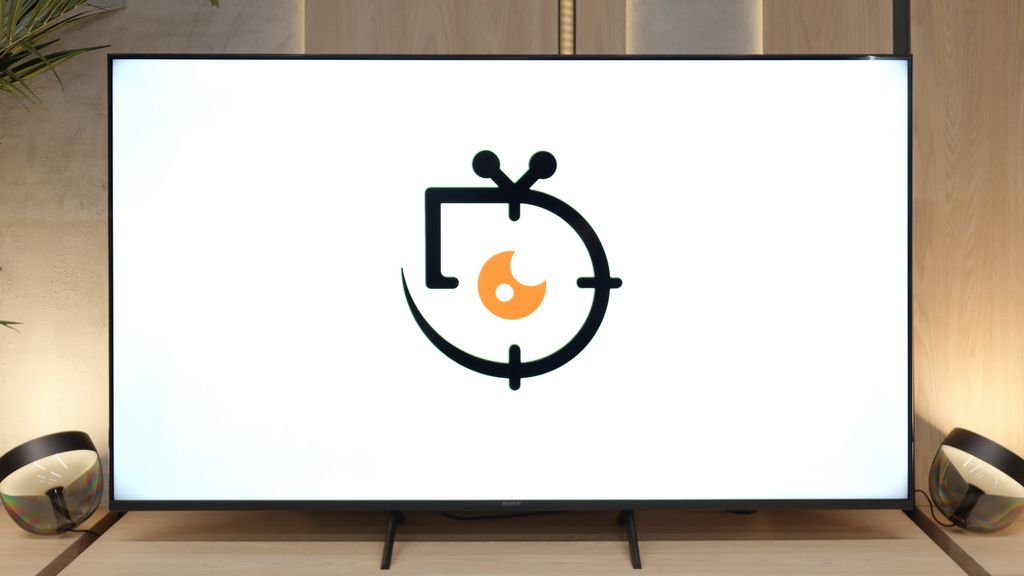
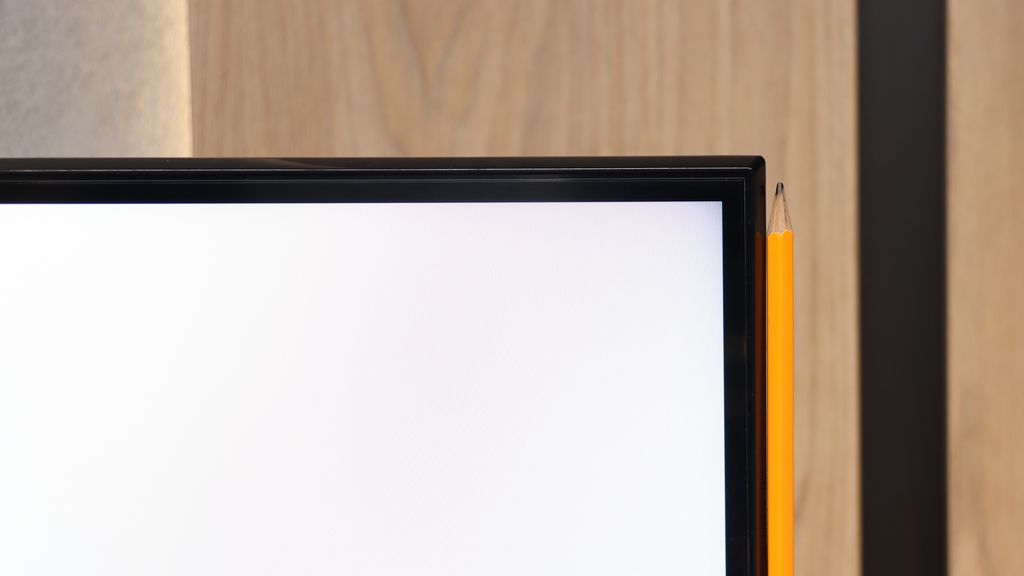
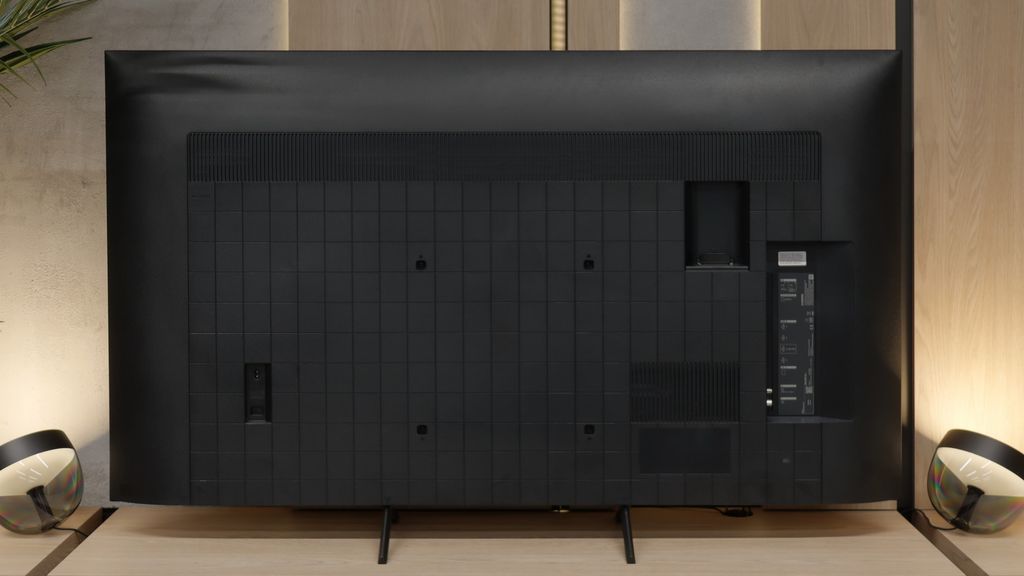
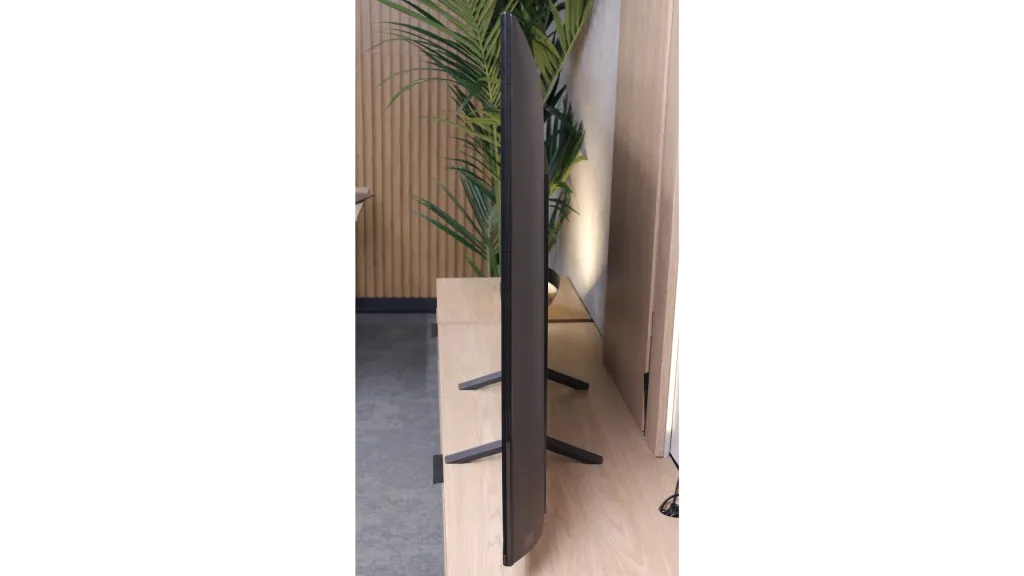
Contrast and black detail
3.7/10
5.7/10
Local dimming function: Yes, number of zones: 6 (1 x 6)
Local dimming function: No
Contrast:

Result
4,050:1

Result
1,750:1

Result
4,800:1

Result
1,850:1

Result
1,350:1

Result
5,550:1

Result
5,250:1

Result
5,050:1

Result
5,150:1

Result
4,000:1
Halo effect and black detail visibility:

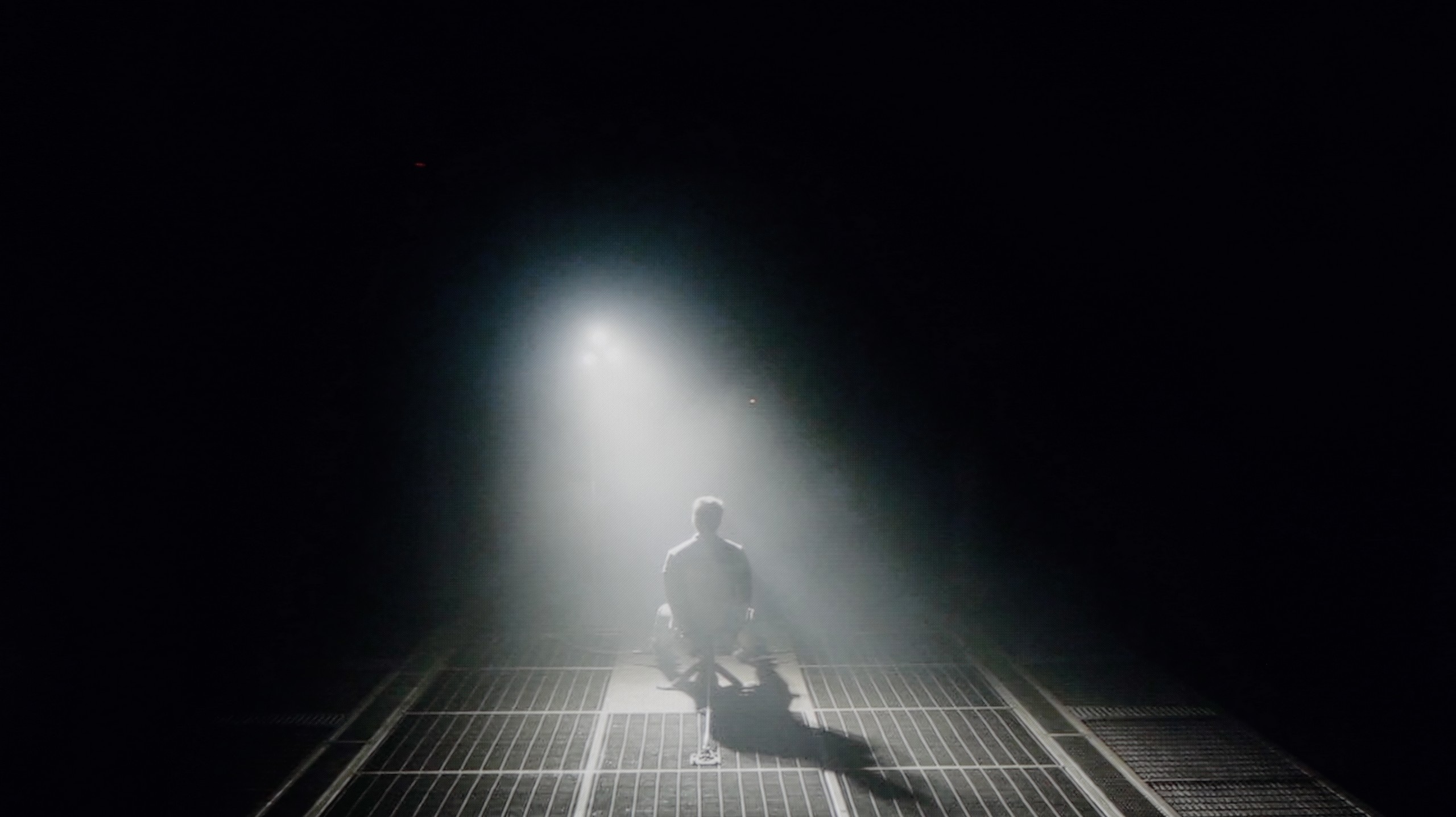
While the manufacturer describes the QNED86A as a Mini-LED television, there’s no sign of the multi-zone local dimming system known from pricier models. In practice, we have a classic edge lighting system, which only allows for dimming horizontal strips of the screen from top to bottom. Combined with a low-contrast IPS/ADS panel, the effect is simply poor. If we choose to leave local dimming on, a problem arises - the television can illuminate selected areas in such a way that it looks like “flying lasers” crossing the screen. This is very distracting and in such conditions, it’s hard to talk about truly cinematic experiences. Therefore, in our opinion, it's better to turn this function off. However, one must reckon with the fact that the contrast then drops to around 1500:1, but at least the image doesn’t irritate with artificial flashes.
The biggest difference in the 50-inch variant is how the Bravia 3 handles contrast. Although the TV is not equipped with a local dimming system, the change to a VA panel significantly impacts the effect. The contrast is definitely higher than in the other sizes based on IPS panels, and the blacks no longer resemble washed-out shades of grey or navy. This allows for much more detail to be seen in the darker parts of the image, making evening viewing simply more enjoyable. It's still not the level of Sony's more expensive models, but the difference compared to the other variants of the Bravia 3 is clear and easily noticeable after just a short viewing session.
HDR effect quality
6/10
4.9/10
Luminance measurements in HDR:

Result
602 nit

Result
524 nit

Result
690 nit

Result
512 nit

Result
500 nit

Result
319 nit

Result
360 nit

Result
393 nit

Result
365 nit

Result
395 nit
Scene from the movie “Pan” (about 2800 nits)

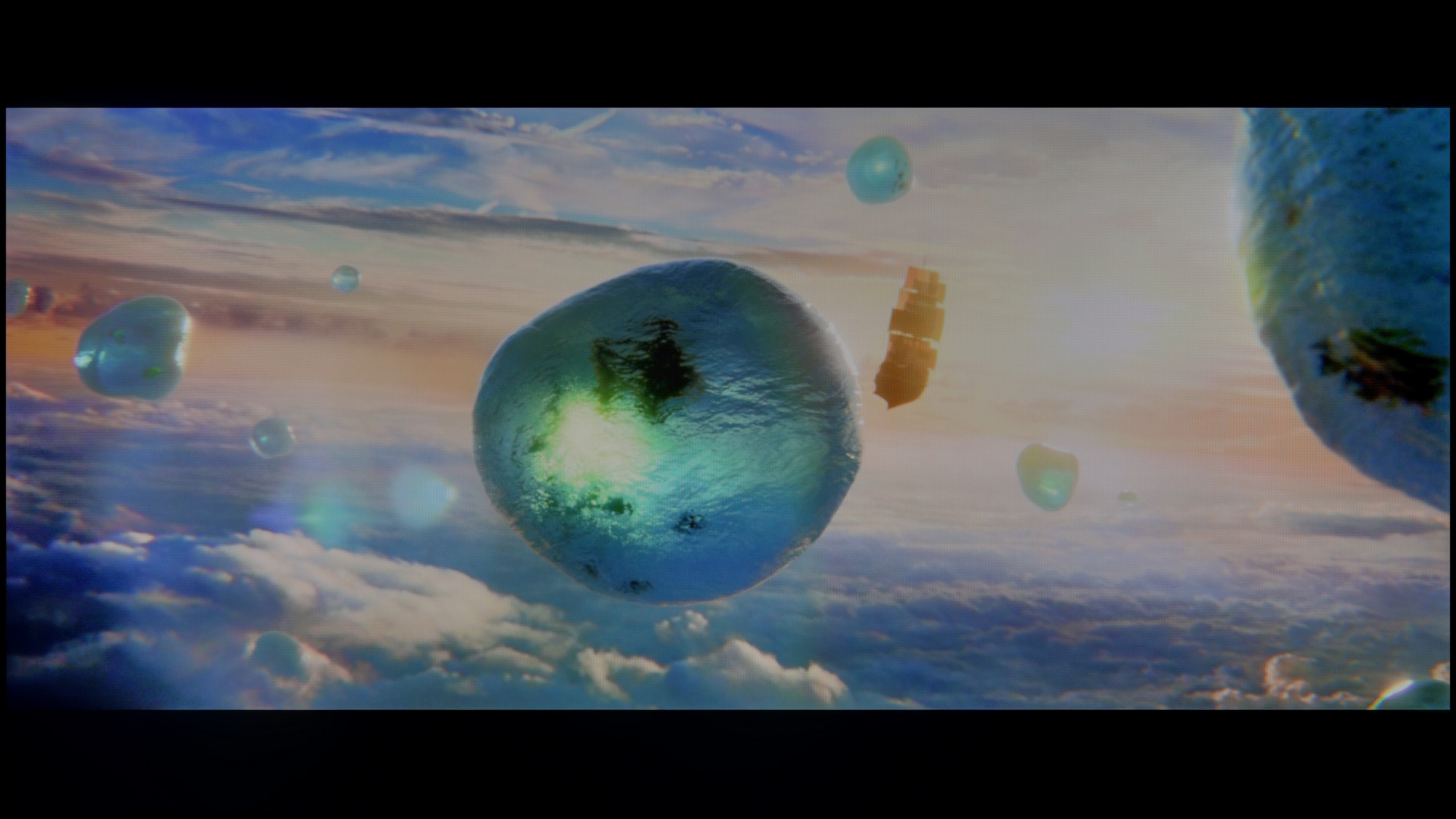
Scene from the movie “Billy Lynn” (about 1100 nits)

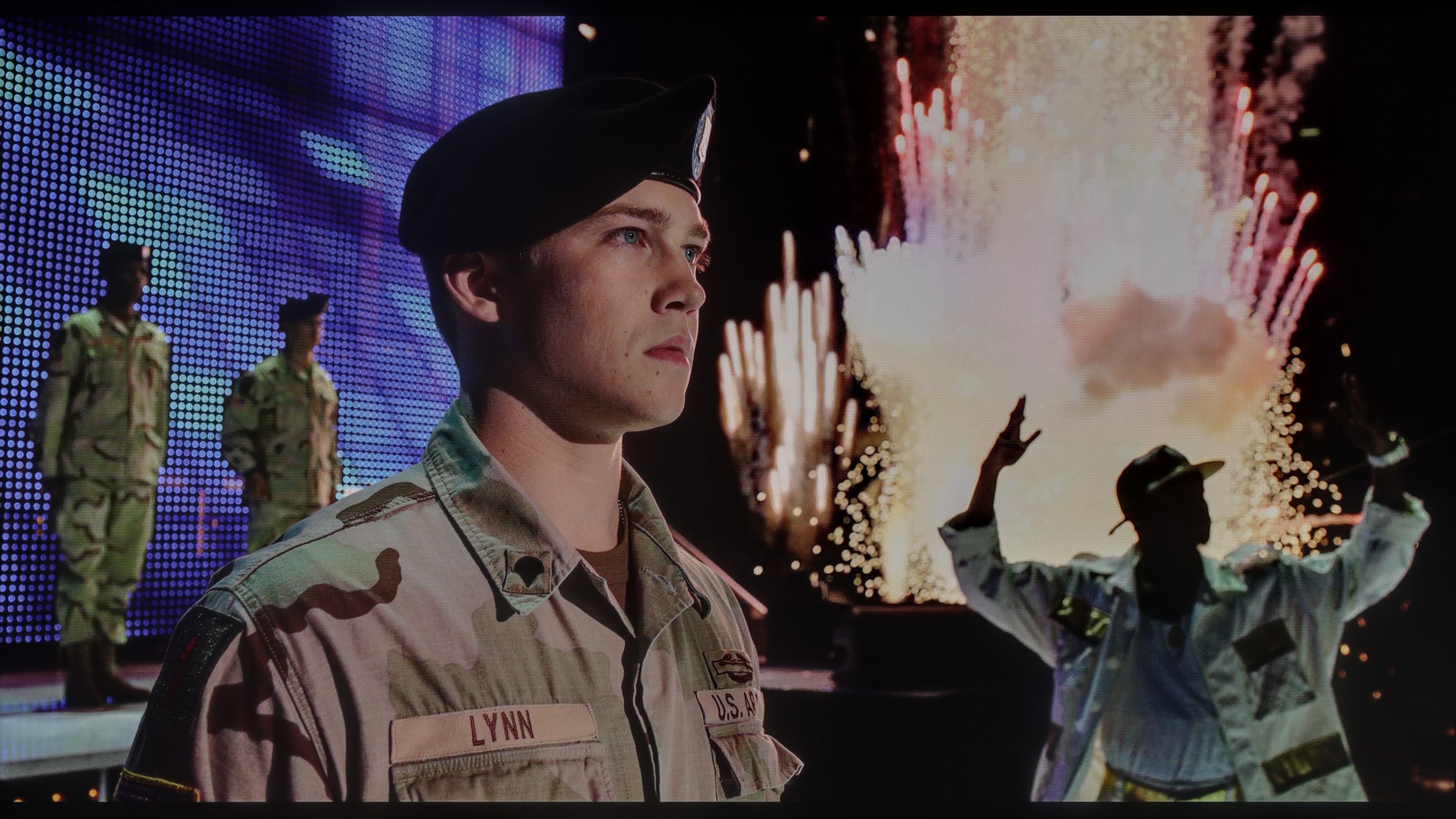
Static HDR10

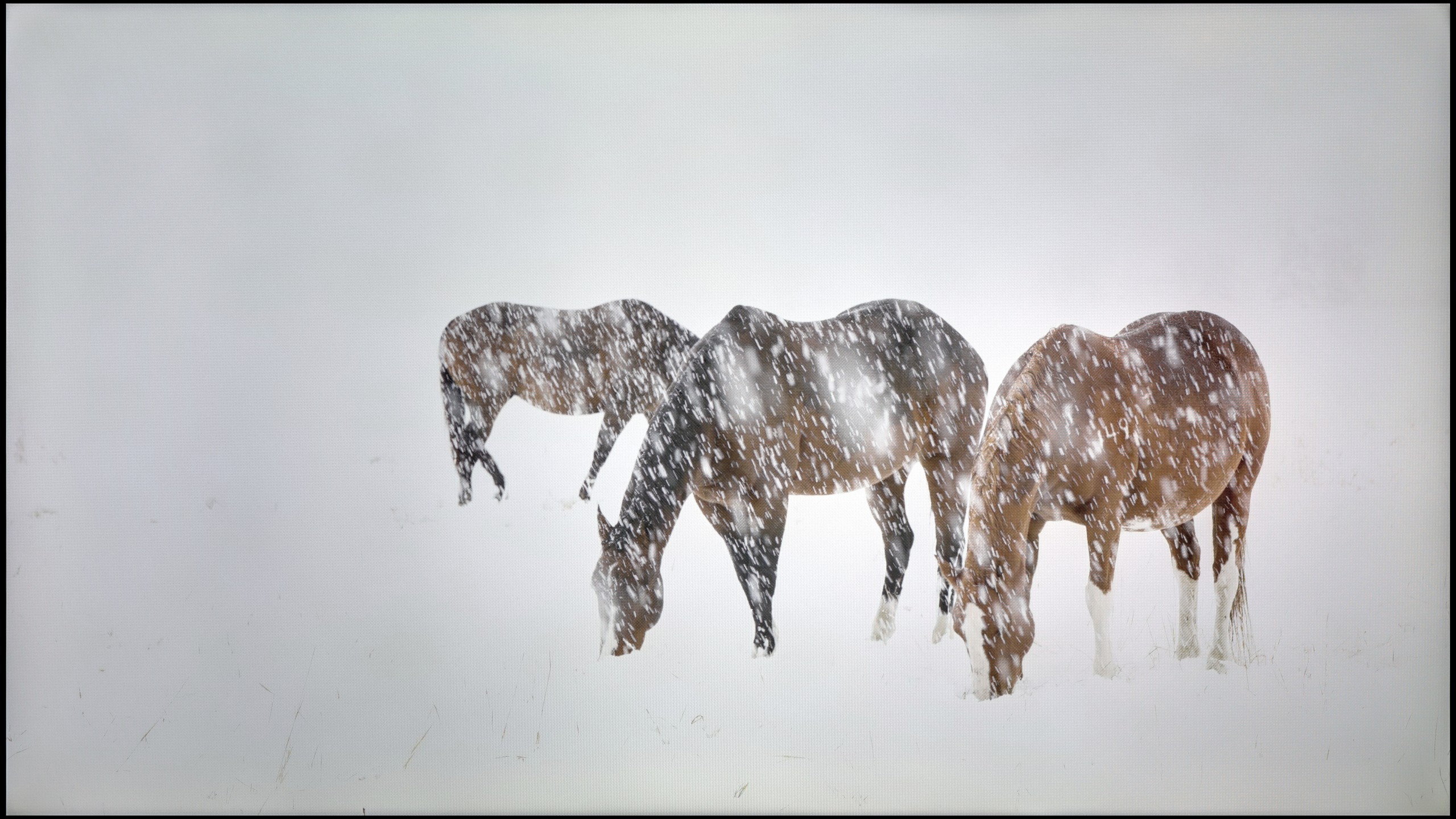
Dynamic: Dolby Vision
Dynamic: Dolby Vision


HDR luminance chart:
Sony Bravia 3 50' (VA)
HDR luminance
LG QNED86A / QNED85A / QNED87A
HDR luminance
Against the backdrop of contrast and black, the brightness of the QNED86A and the overall HDR effect fare much better. It's a television that can achieve around 700 nits under the best conditions, so in terms of luminance alone, there’s nothing to be ashamed of. As a result, scenes with strong lights, explosions, flashes, or bright parts of the landscape – look clear and can make an impression. Interestingly, even in tougher moments with small, contrasting elements on the screen, the television does well with backlighting and details are quite visible. The problem arises when there are many dark tones. The lack of effective local dimming means that black virtually disappears, and instead, we get a grey glow spreading across the entire screen. This kills the depth effect and causes the image to appear flat, as if it lacks cinematic character. In bright animations or family films with vibrant colours, this won't be an issue, as the colours and bright light dominate. But in horror films or productions set in darkness, these limitations are strongly felt. As a consolation, it’s worth noting that the QNED86A is essentially a QLED television with an LED PFS filter, which gives it very good coverage of wide colour gamuts. Both the DCI-P3 palette and the wider BT.2020 perform solidly here. This means that colours in HDR films are saturated, juicy, and have the right depth – even if the black itself is disappointing, the colours can save the viewing experience and make the image look appealing.
Interestingly, in the 50-inch version, the Bravia 3 performs slightly better in terms of brightness than its larger variants. In measurements, it achieved around 370 nits, which still aren’t values that can compete with top-tier TVs, but are sufficient to speak of a semblance of HDR effect. For some users, this level will be acceptable; others will consider it typical for SDR content, where striking highlights or strong contrasts are not expected. So it must be clearly stated that the Bravia 3 is not a TV for those who want to squeeze maximum quality from the most challenging film materials.
However, this doesn’t mean that everything is average. Sony has equipped this model with an additional PFS filter, which works similarly to the solutions used in QLED TVs. As a result, the coverage of the DCI-P3 colour gamut has increased to over 91 percent. In everyday use, this means livelier, more saturated colours and a more pleasant image quality. Even if it lacks strong lighting effects, movies and series can look significantly more appealing than in its predecessor, the X75WL.
Factory color reproduction
5.6/10
5.8/10


Factory Mode
After calibration


Factory Mode
After calibration
We primarily tested the QNED86A in Filmmaker mode, which is designed to provide the most faithful picture. Unfortunately, right out of the box, there were quite a few shortcomings. The most glaring issue was the poorly calibrated white balance – there was a lack of blue, which caused the overall image to take on a slightly yellowish, and sometimes even an orange hue. An even bigger problem was the way the television manages brightness. Due to its technical limitations – that is, local dimming functioning only along the edges of the screen – the QNED86A has a tendency to oversaturate entire scenes. This is where the flattening of the image that we mentioned earlier comes from. Instead of clear depth and contrast, we get something akin to "boosted brightness," which, in the long run, can strain the eyes.
Sony Bravia 3 was primarily tested in movie mode, which immediately turned out to be the best choice among the factory settings. It's not a perfect picture, but compared to the eco mode that the TV suggests right out of the box, the difference is clear and positive. In movie mode, one can notice a certain issue: the image appears too warm, which stems from a lack of blue in the white balance. Nevertheless, in SDR content, the final effect can still be considered quite decent and satisfactory for everyday viewing. Much more serious errors emerge in HDR materials. The Color Checker analysis showed significant deviations, and poor brightness management combined with limited colour gamut coverage further exposes the shortcomings of the picture in this mode. All of this makes HDR on the Bravia 3 seem unconvincing and can spoil the impression left by the quite decent SDR content settings. Fortunately, this is not a hopeless situation. Various errors can be somewhat mitigated, and some can even be completely corrected through professional calibration. That's why we decided to check how the TV would perform after such adjustments.
Color reproduction after calibration
7.6/10
7.5/10
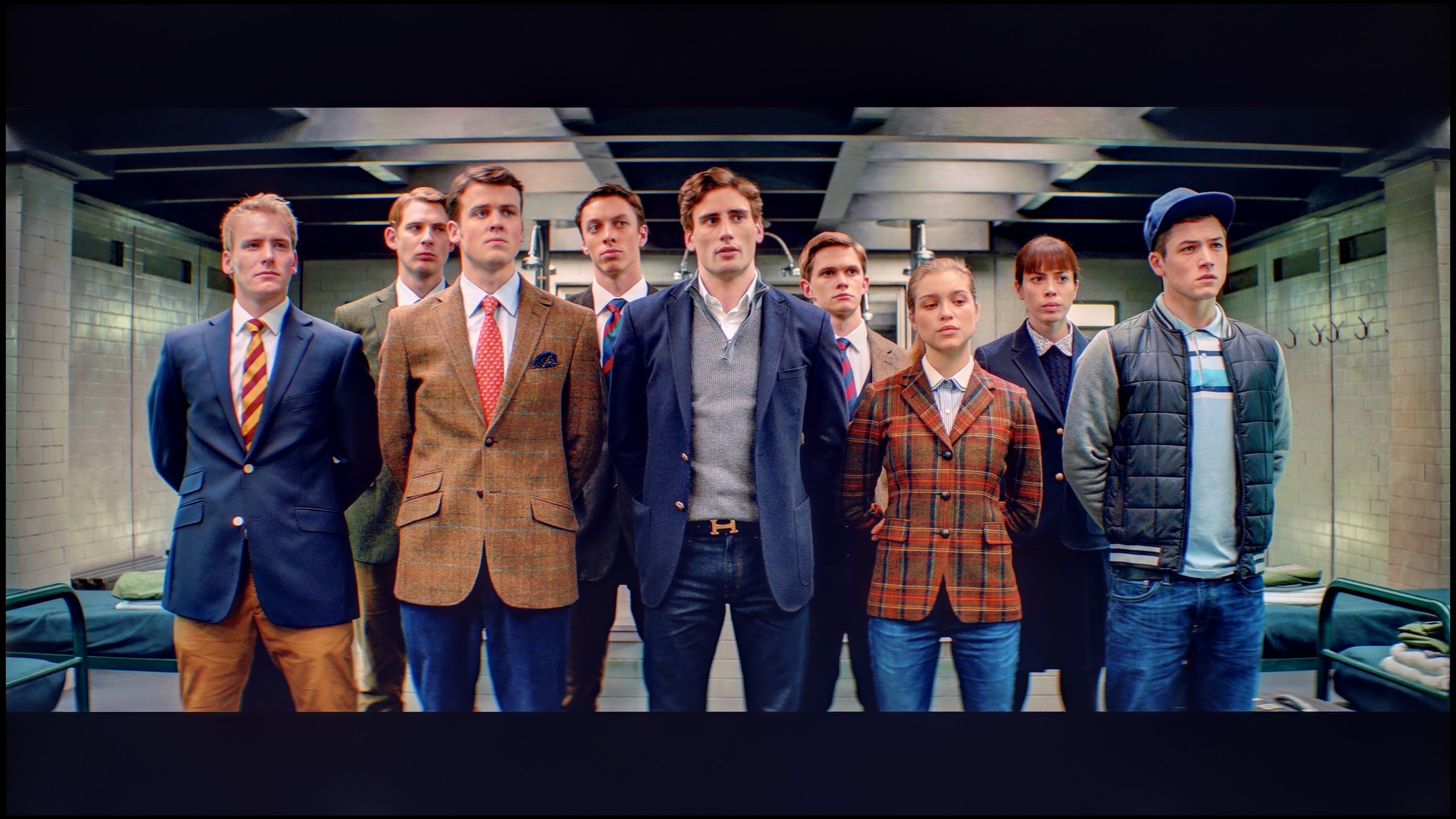
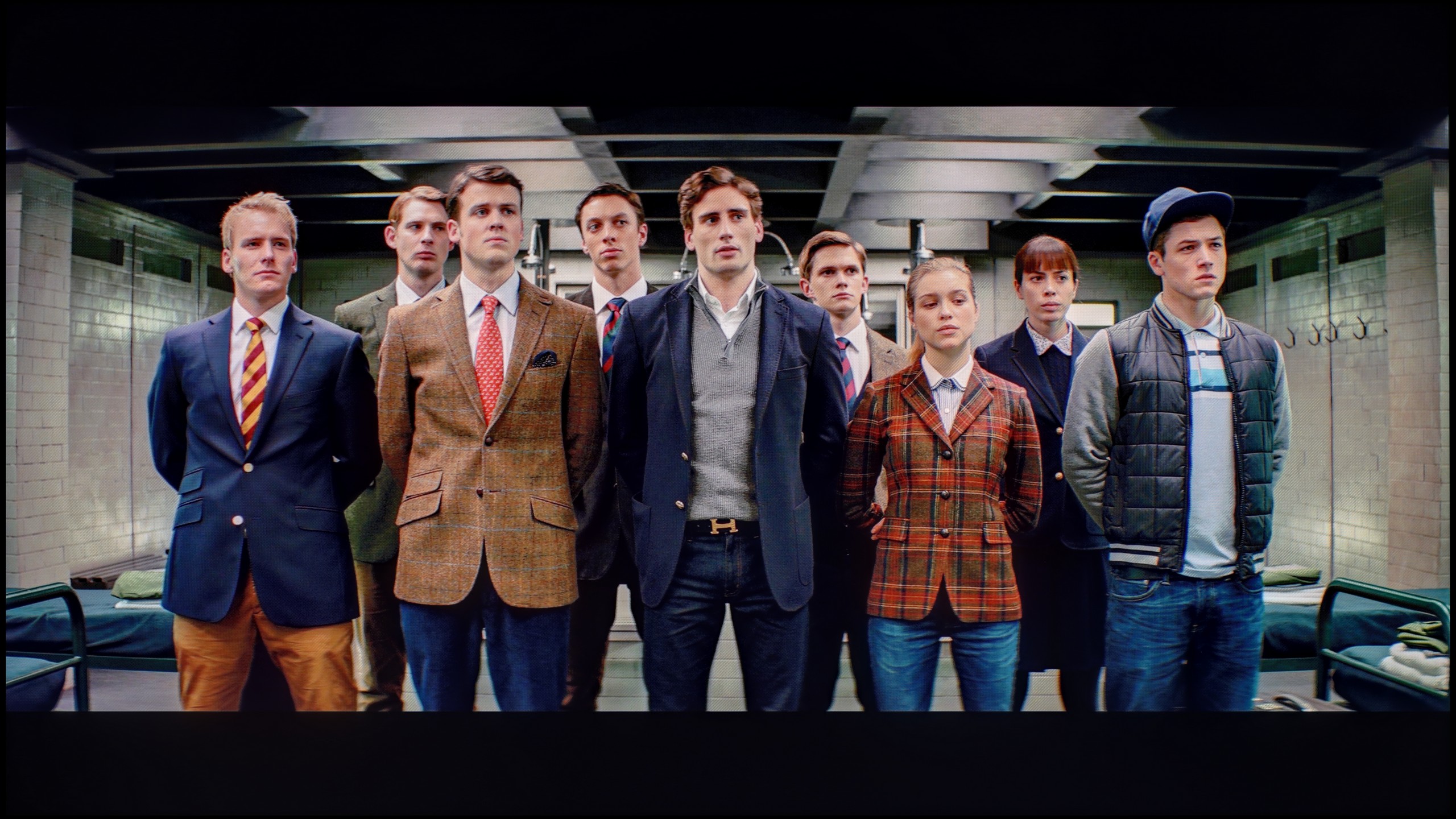
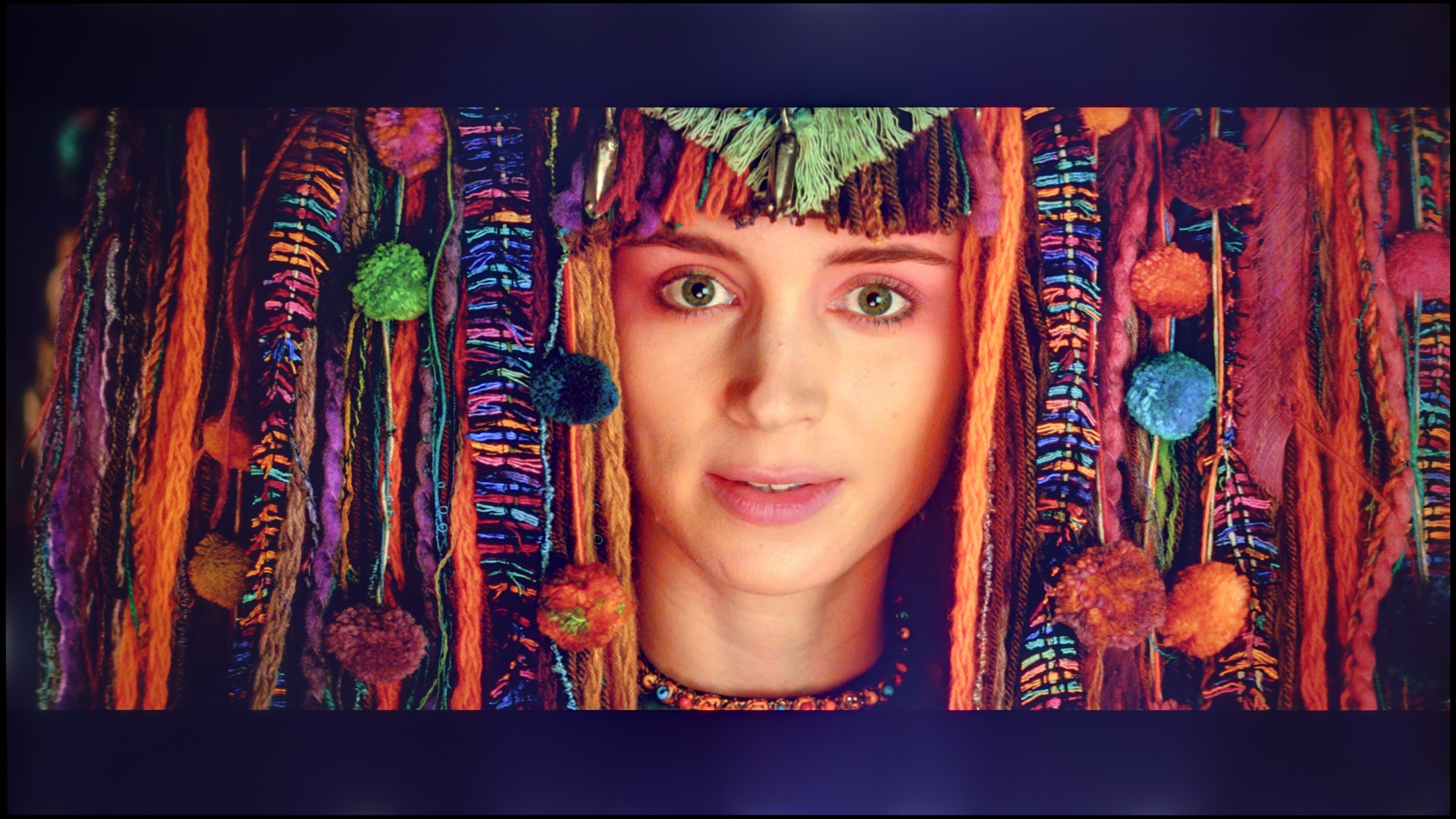
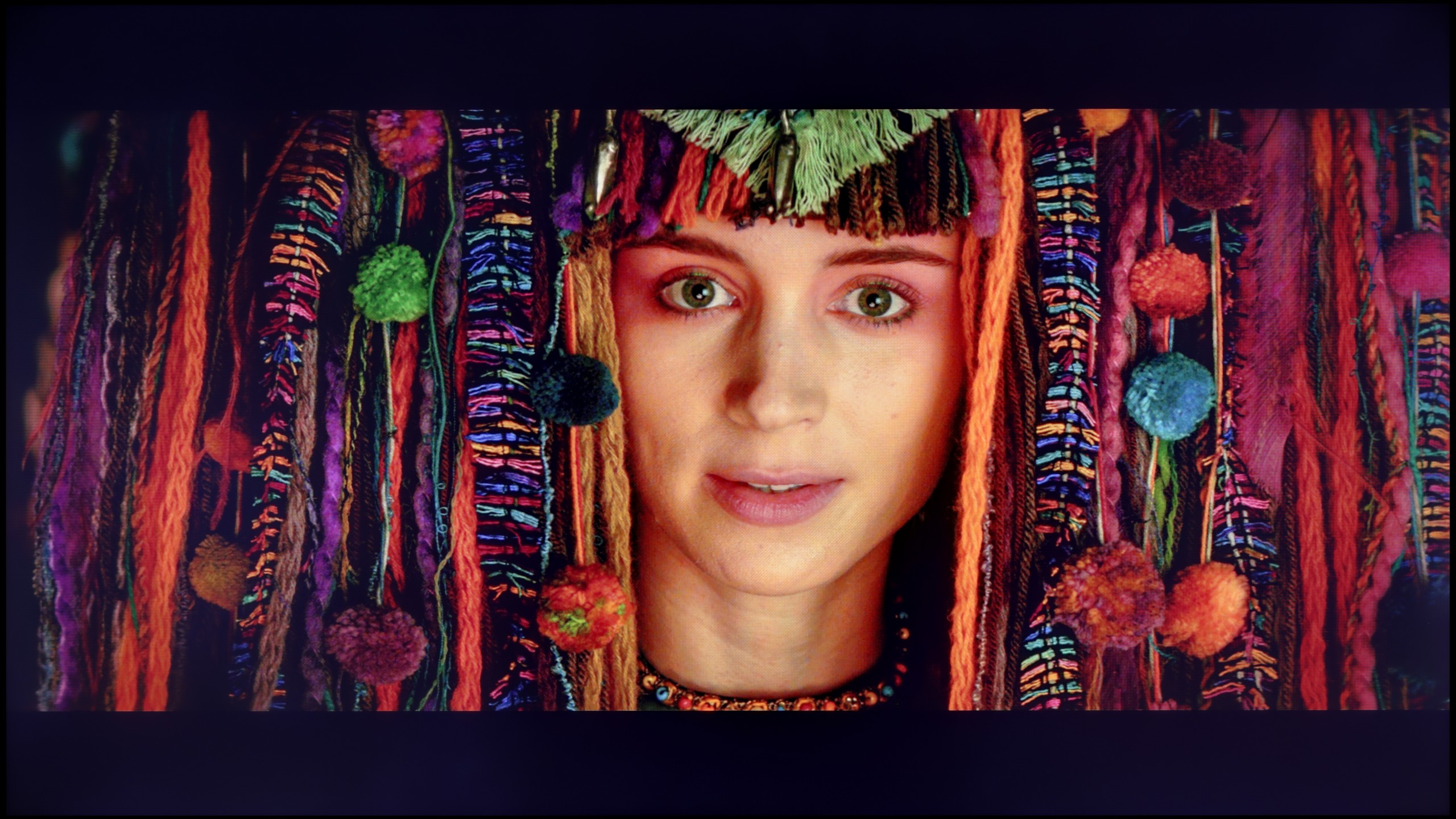
What was saved in the QNED86A6A is undoubtedly the colours. After calibration, the white balance was set with great precision, ensuring that deviations on the Colour Checker palette mostly did not exceed the visibility threshold for the human eye. In other words – the colours finally looked natural, without strange yellow or orange tones that had previously marred the perception. Unfortunately, even the best calibration cannot overcome structural limitations. The already mentioned very modest number of local dimming zones and their unfortunate placement meant that the analysis of the EOTF curve in films still showed noticeable scene over-exposures. The image tended to flatten, lacking cinematic depth. Fortunately, this effect is not as visible in older productions or in SDR content. There, calibration really does its job and allows the QNED to be tamed so the image can be pleasing. However, the specifics of this construction – especially the contrast issues – cannot be completely bypassed.
The calibration allowed us to extract significantly more from the ChooseTV 3 than we could have expected at the beginning. Firstly, we managed to correct the deficiency of blue, which previously caused a noticeable warming of the image. After a slight adjustment in the white balance, most of the errors in the Color Checker measurements for SDR content practically disappeared. The shades of white gained a natural quality, and brightness management in gamma stabilised to an almost ideal level, not exceeding the threshold of human eye perception. Therefore, it can be confidently said that in SDR content, after a few tweaks in the settings, ChooseTV 3 performs really remarkably. Much worse, although still decidedly better than before calibration, are HDR contents. The white balance was managed to be sorted out, however, the limitations of the IPS panel are insurmountable. The lack of local dimming means that even the smallest elements can be overexposed, which is immediately noticeable. Colour-wise, the effect has also improved, although it is far from perfect – many errors still exceed the threshold of four, and even five delta E units, which means they remain visible to the human eye. It was already clear earlier that ChooseTV 3 is not a television designed to impress with HDR quality. Nevertheless, it is pleasing that in SDR content, after calibration, the image can look really great, and in this category, the television has positively surprised us.
Smoothness of tonal transitions
8.9/10
9.1/10

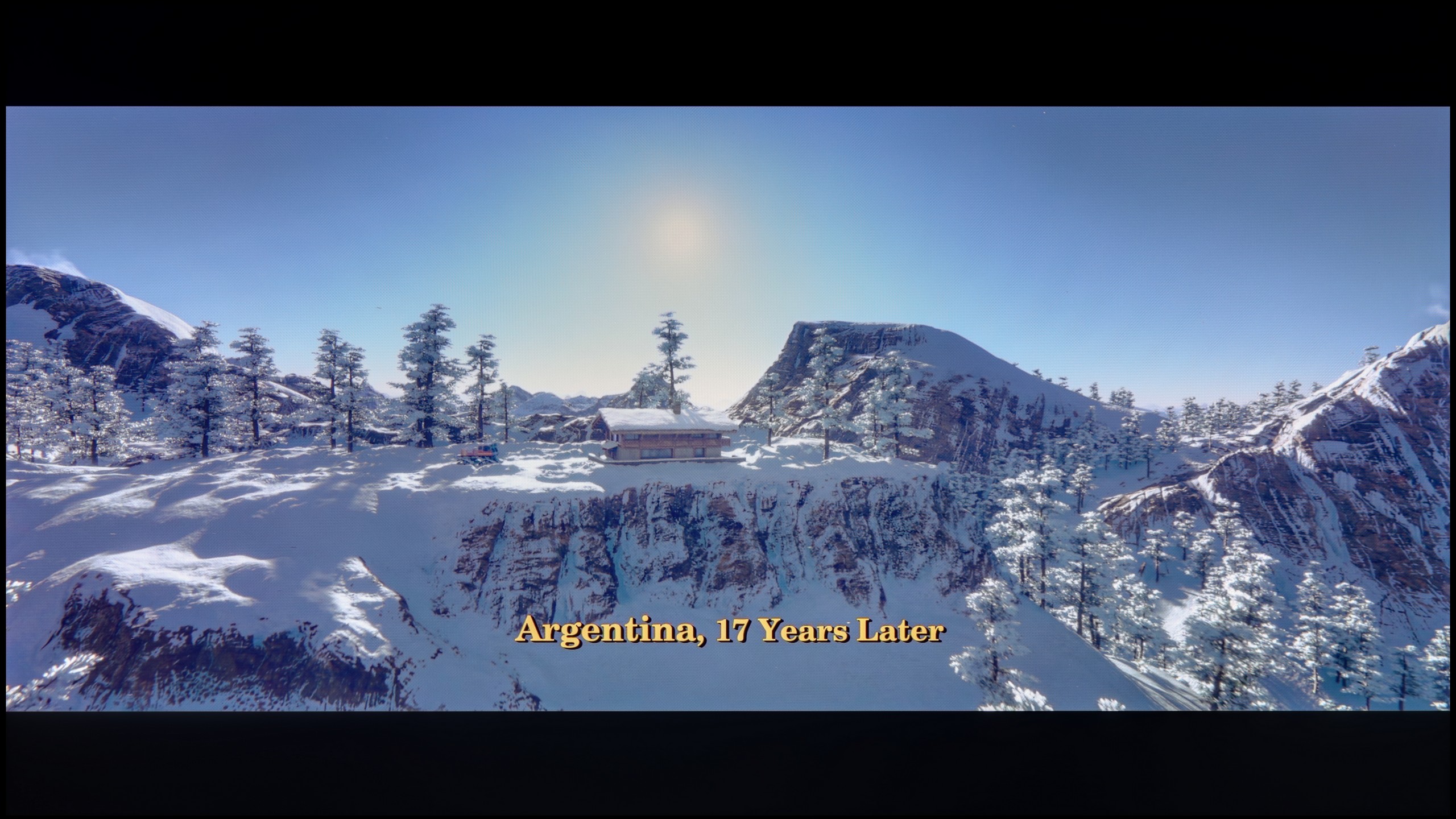

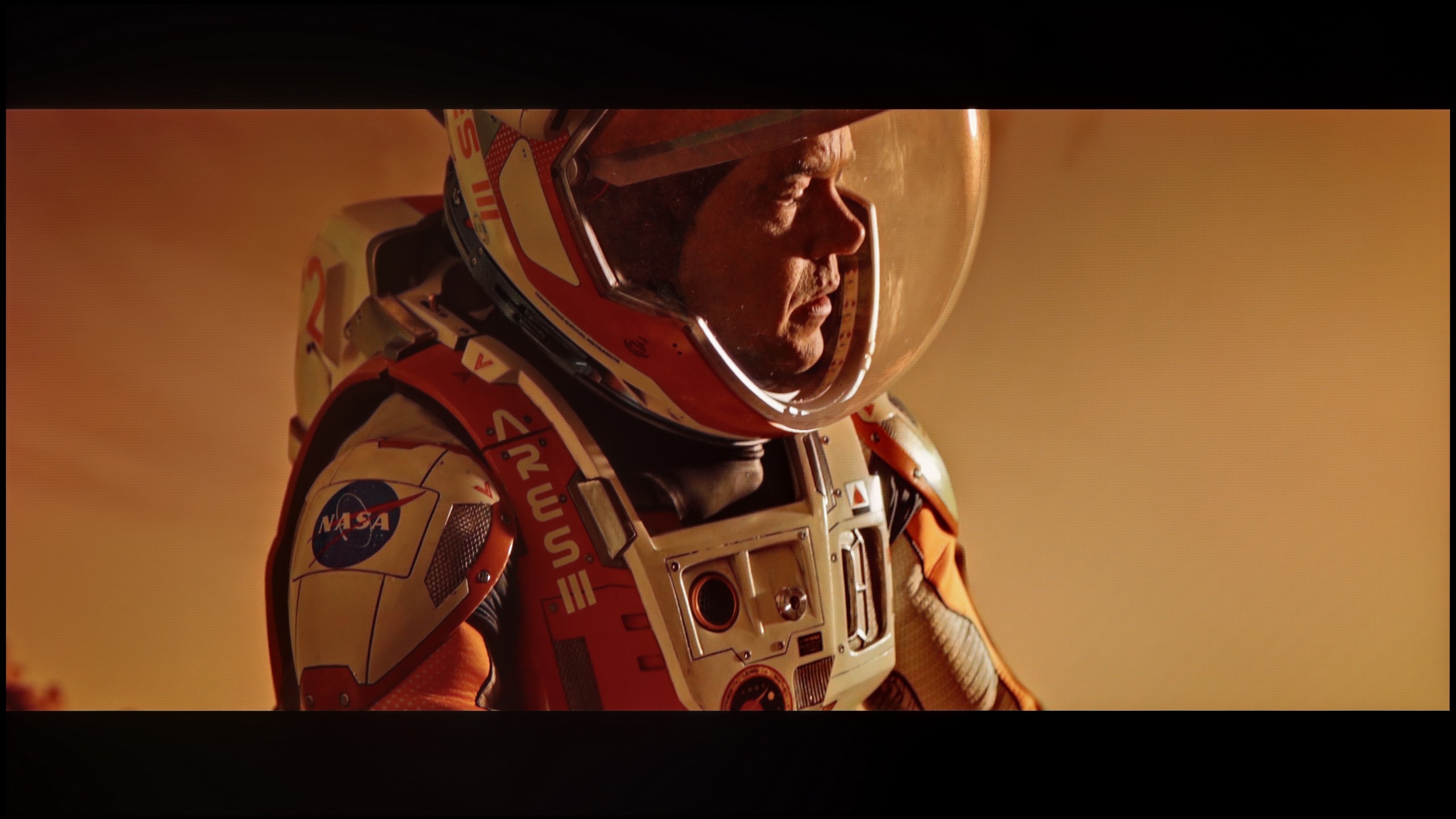

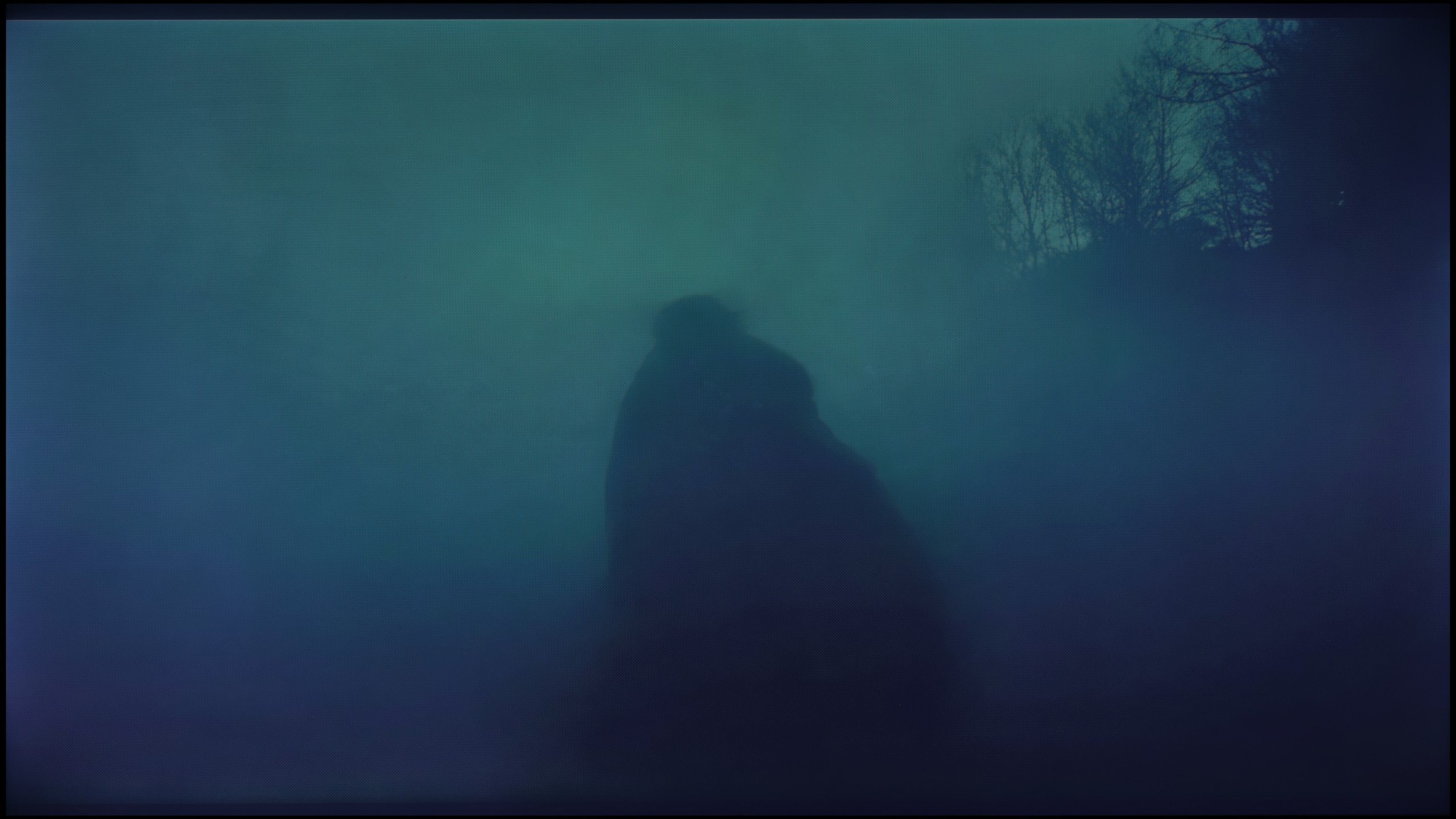

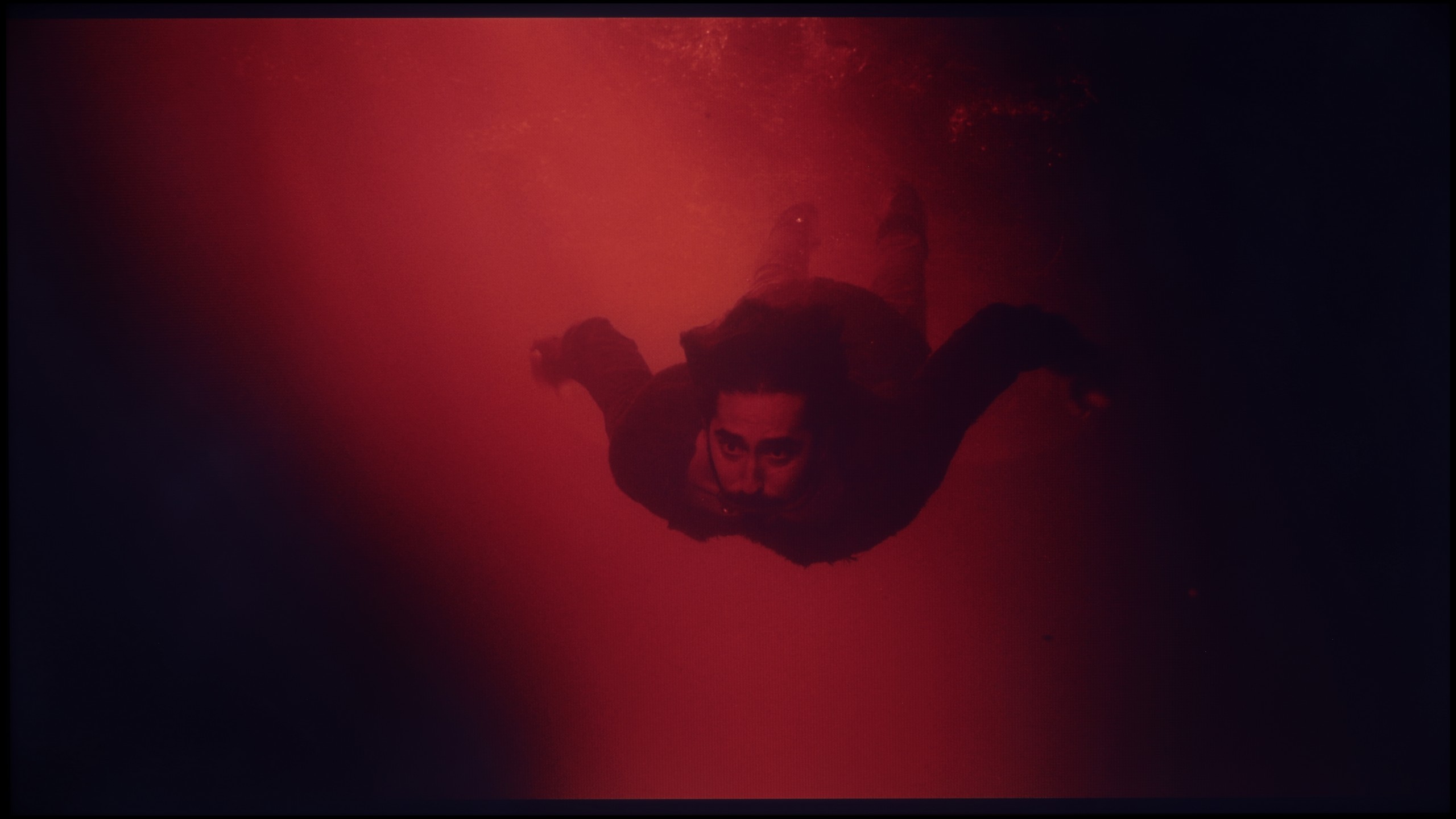




Colour gradation is one of the strong points of the QNED86A. In everyday viewing, the picture looks really smooth, without noticeable "steps" or sudden transitions between colours. The TV handles colour blending quite naturally, so with most content, it’s hard to spot any issues with gradation. Any imperfections only appear in extreme conditions – for example, in the darkest parts of films, where even much more expensive TVs can have problems. There, you might notice slight banding or characteristic stripes, but these are marginal situations that shouldn’t be a bother during regular use. Overall, the QNED86A performs well in this category and has nothing to be ashamed of compared to the competition.
In terms of tonal transition fluidity, the experiences from the Bravia 3 with a VA panel are quite similar to what we saw in the IPS variant; however, there is one significant factor here – screen uniformity. The VA panel manages much better at maintaining image consistency, which immediately translates to a higher rating. This was most noticeable in scenes from the film Green Knight. In the IPS version, strong brightening and vignetting practically made it impossible to assess the gradation itself, whereas in the 50-inch variant, this issue was greatly reduced. As for the tonal transitions themselves, the television performs really well. In the bright parts of the image, we noticed no serious errors – colors blend smoothly, without creating artificial contours. In darker scenes, there are also no major problems with color gradation, and thanks to more uniform backlighting, the image is significantly more pleasant to perceive than in the IPS panel version. So we can say that this is one of those categories where the Bravia 3 in the 50-inch version performs surprisingly well.
Image scaling and smoothness of tonal transitions
7.8/10
7/10
Smooth transition function

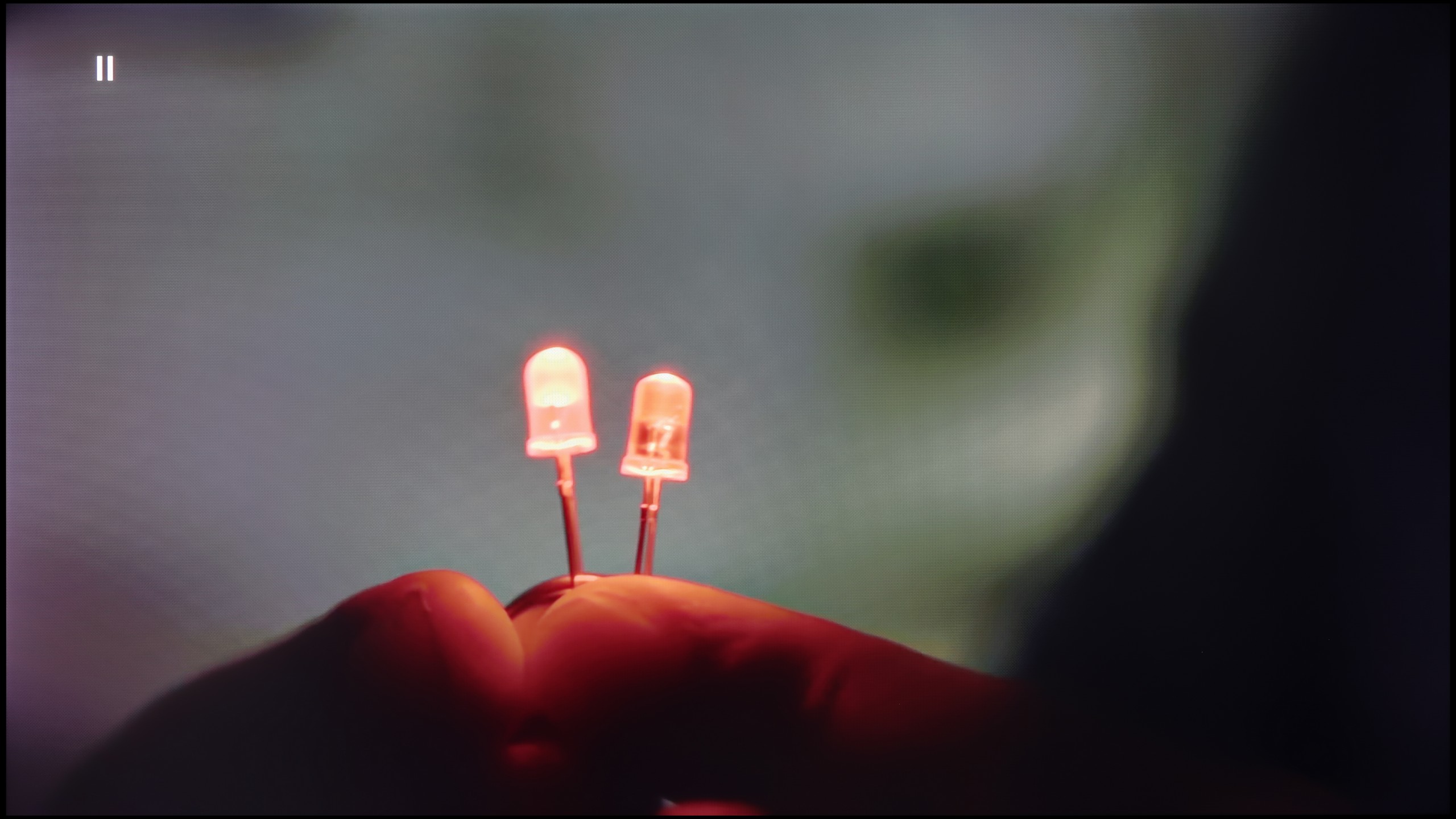
Image without overscan on the SD signal

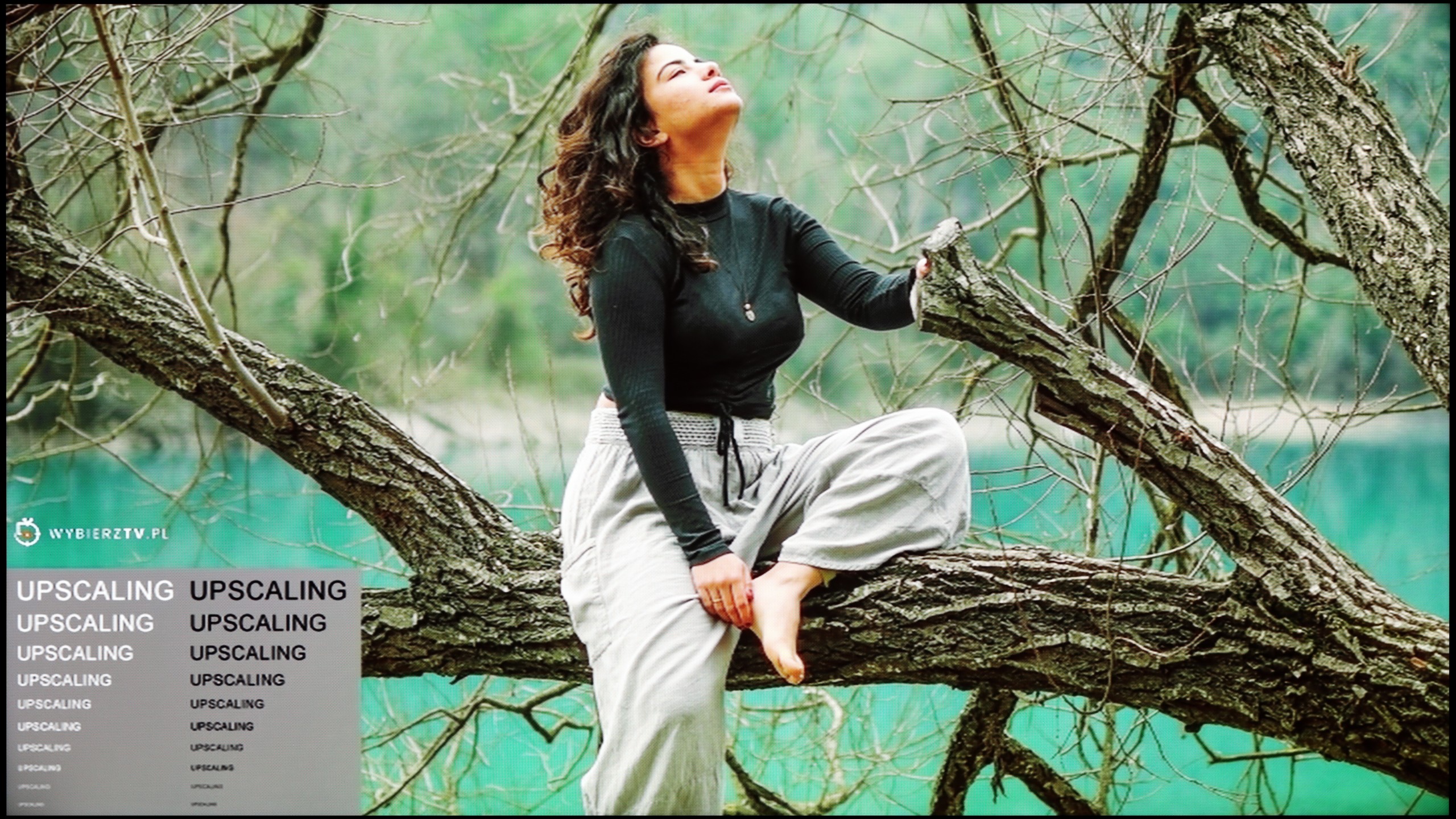
If someone is worried about potential "steps" when blending colours, the QNED86A has a simple solution for that. Just turn on the feature called Smooth Gradation and set it to the medium level. Then the TV really smooths out all those unwanted transitions – especially in older productions – and it does so in a way that the film grain doesn’t disappear, nor do any strange artefacts appear. In other words, you can use it without any worries.
The upscaling itself also turns out quite well. Of course, there are no miracles here – with poorer quality sources, you can notice characteristic jagged edges. Fortunately, there is a sharpness slider in the menu, and if someone prefers a more "soft" image, it can be quickly adjusted to their own taste.
Bravia 3 brings more to the Sony TV family than just a shared name. It stands out primarily with its ability to enhance the quality of weaker materials thanks to the processor used. Of course, we won't find the advanced XR chip known from more expensive models here, but even so, it's fair to say that the image in lower resolutions looked surprisingly good. Scaling worked effectively, and most parts of the screen were devoid of the typical excessive edge tearing found in budget constructions. The feature that improves the fluidity of tonal transitions is also noteworthy. At the high setting, it performs quite well, effectively masking gradient imperfections without a significant loss of detail. It does occasionally happen that the algorithm smoothingly blurs elements that should remain sharp – for example, faces – however, in the overall assessment, the effect is beneficial. The best results were achieved precisely at the highest setting, and this option could be recommended to those watching lower quality content.
Blur and motion smoothness
7.9/10
4.5/10

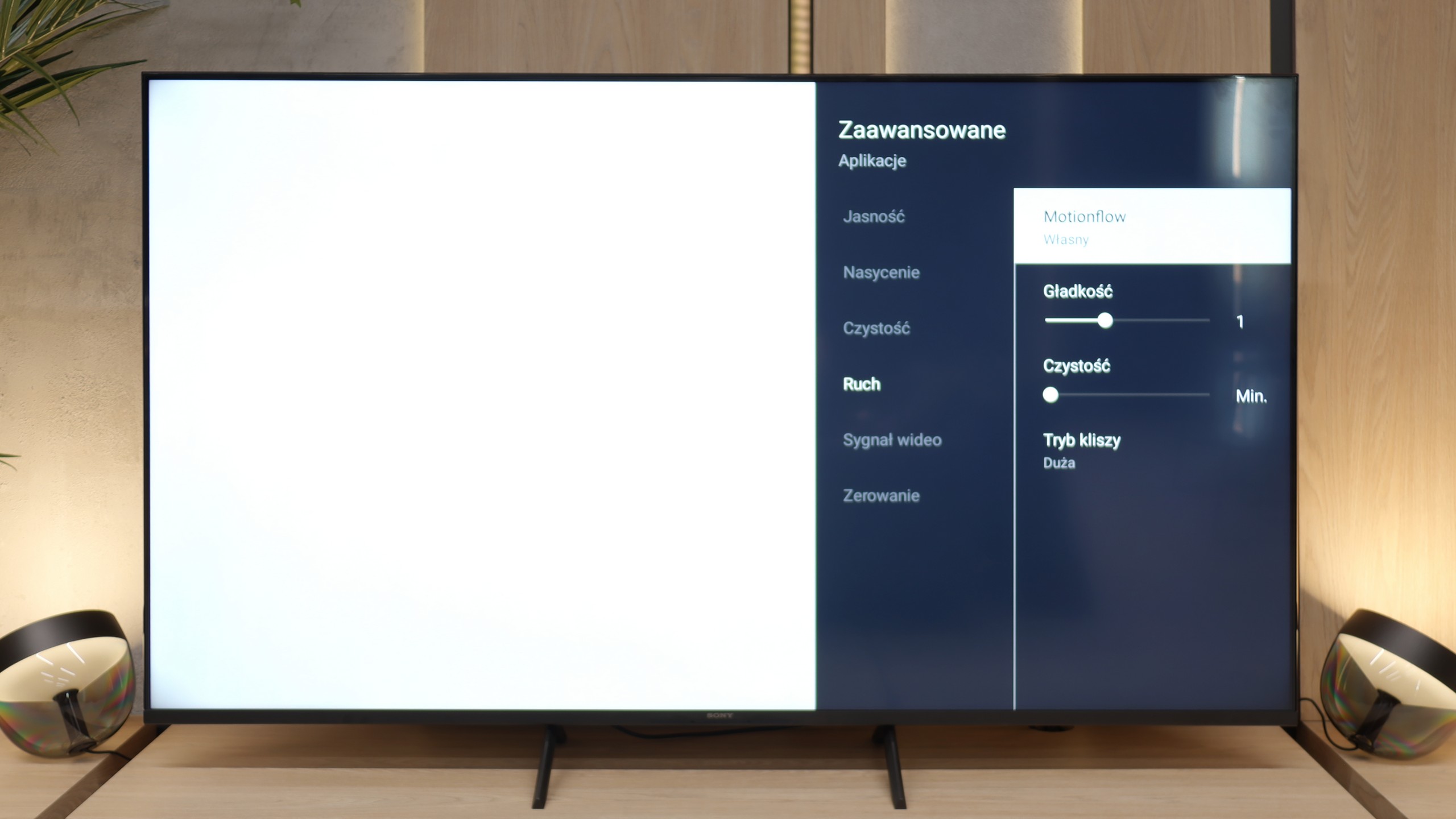
Blur (native resolution, maximum refresh rate):



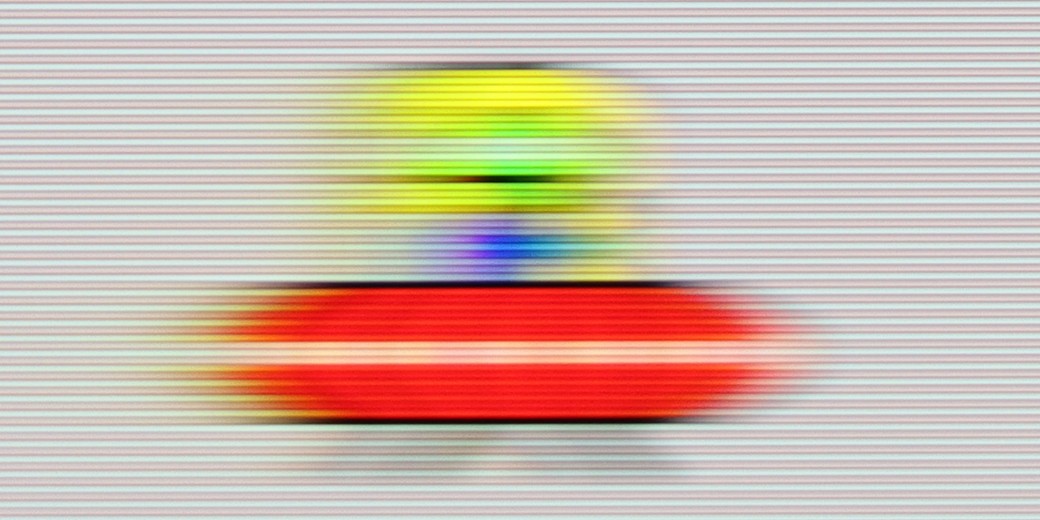
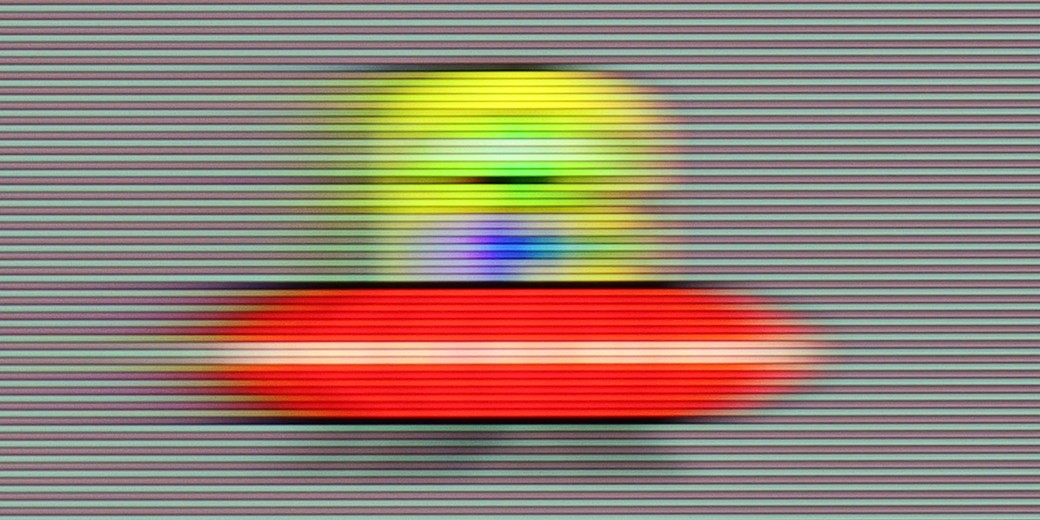
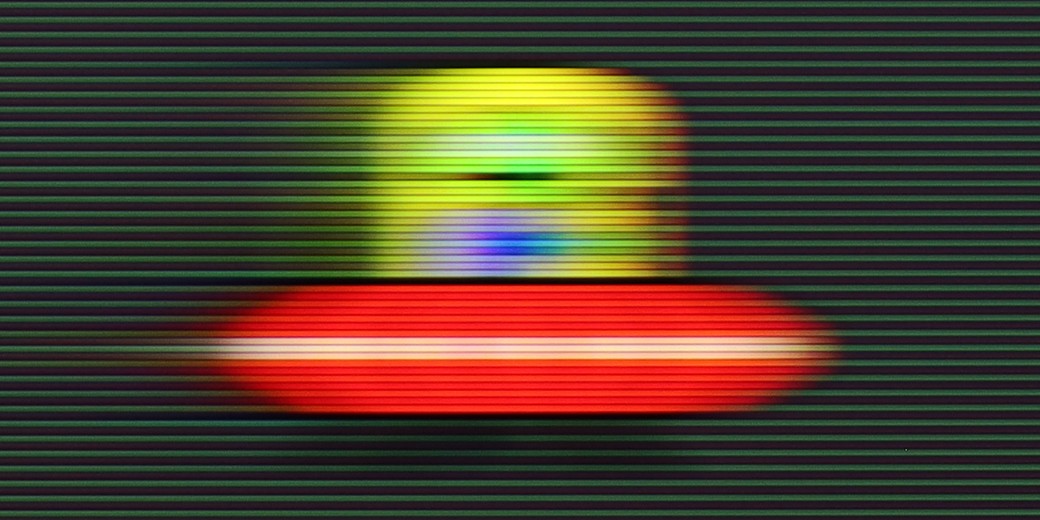
Blur (BFI function enabled):



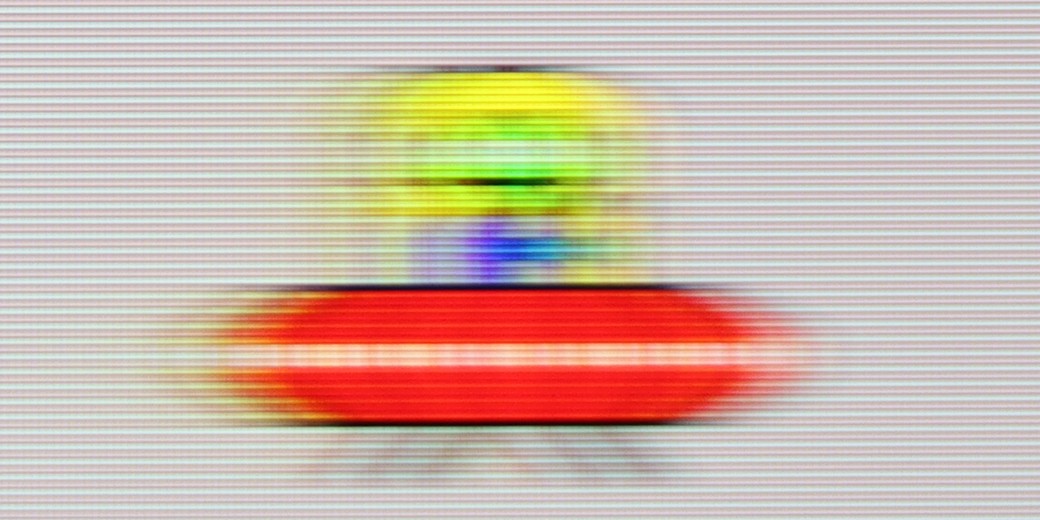
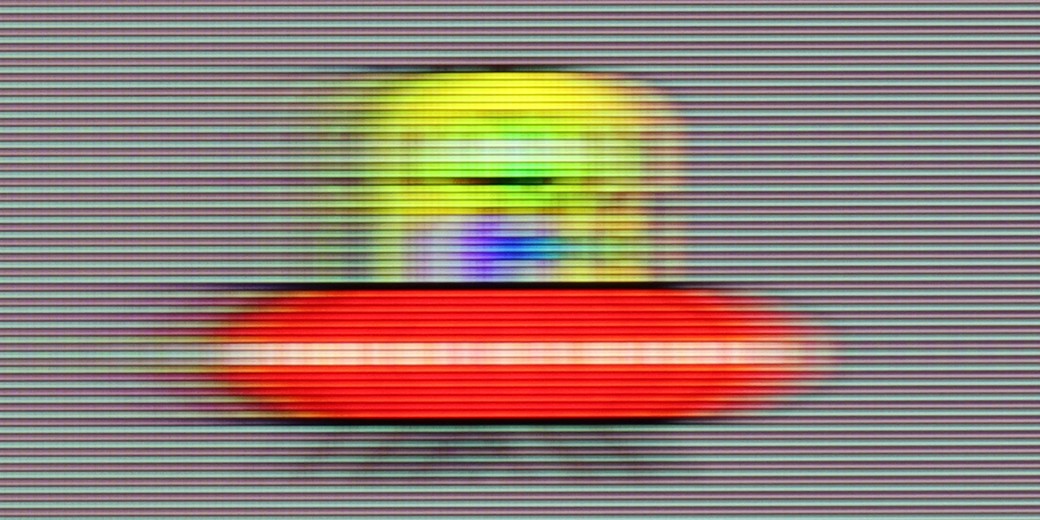
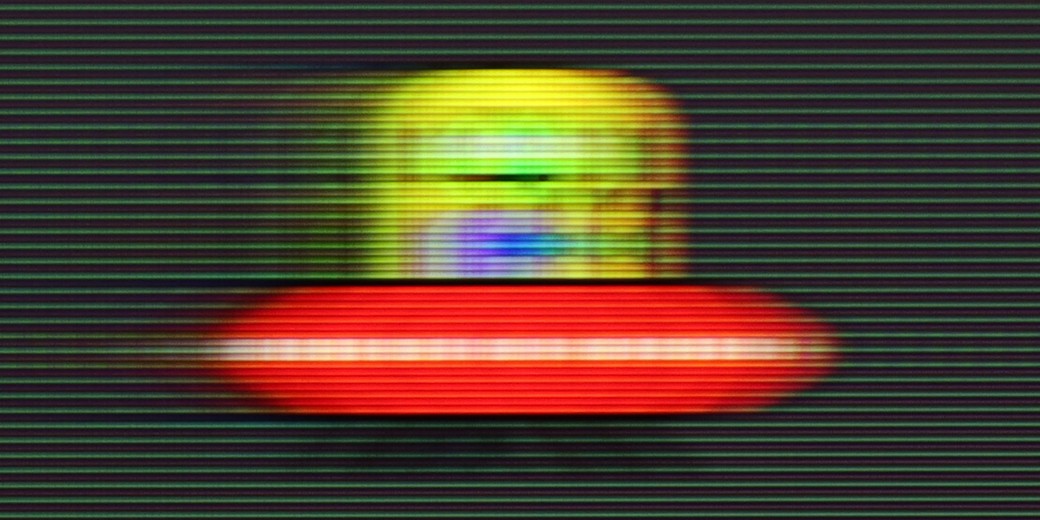
QNED86A has been equipped with a 120 Hz refresh rate panel, so right from the start, it can be said to be suitable for both sports and gaming. And indeed it is – the picture looks smooth, and motion blur isn’t too much of an issue. IPS panels have always had a bit of a problem with this, and here too you can sometimes notice slight blurring, especially in very dynamic scenes, but it’s not something that ruins watching a match or a fast-paced game. For cinema and sports fans, LG has included the traditional TruMotion smoothing feature. In the menu, we have two sliders – one for movies (De-Judder), and the other for sports (De-Blur). The first adds missing frames and allows you to adjust the character of motion – from raw, cinematic to a more fluid, “theatrical” feel. The second improves sharpness during dynamic actions, so it’s worth turning it up a bit if you watch a lot of sports.
The fluidity of motion has never been a strong point of televisions equipped with 60 Hz panels, and the Bravia 3 is no exception. Nevertheless, Sony has added something that might appeal to those who are more sensitive to the way images are displayed. This refers to the proprietary motion smoother, Motion Flow, which offers users a lot of adjustment options. With it, you can make the picture smoother, almost theatrical, or stick to a more cinematic style with the characteristic judder, which many people simply associate with a filmic vibe. These functions work for content with lower frame rates, such as movies and series recorded at 24 or 30 frames per second, which is the type of material we encounter on a daily basis. It is precisely in this area that the motion smoother proves to be one of the most important features for everyday use of the television, and here the Bravia 3 performs really well.
Console compatibility and gaming features
9.8/10
4/10
- ALLM
- VRR
- VRR range48 - 120Hz
- Dolby Vision Game Mode
- Correct implementation of HGIG
- 1080p@120Hz
- 1440p@120Hz
- 4K@120Hz
- Game bar

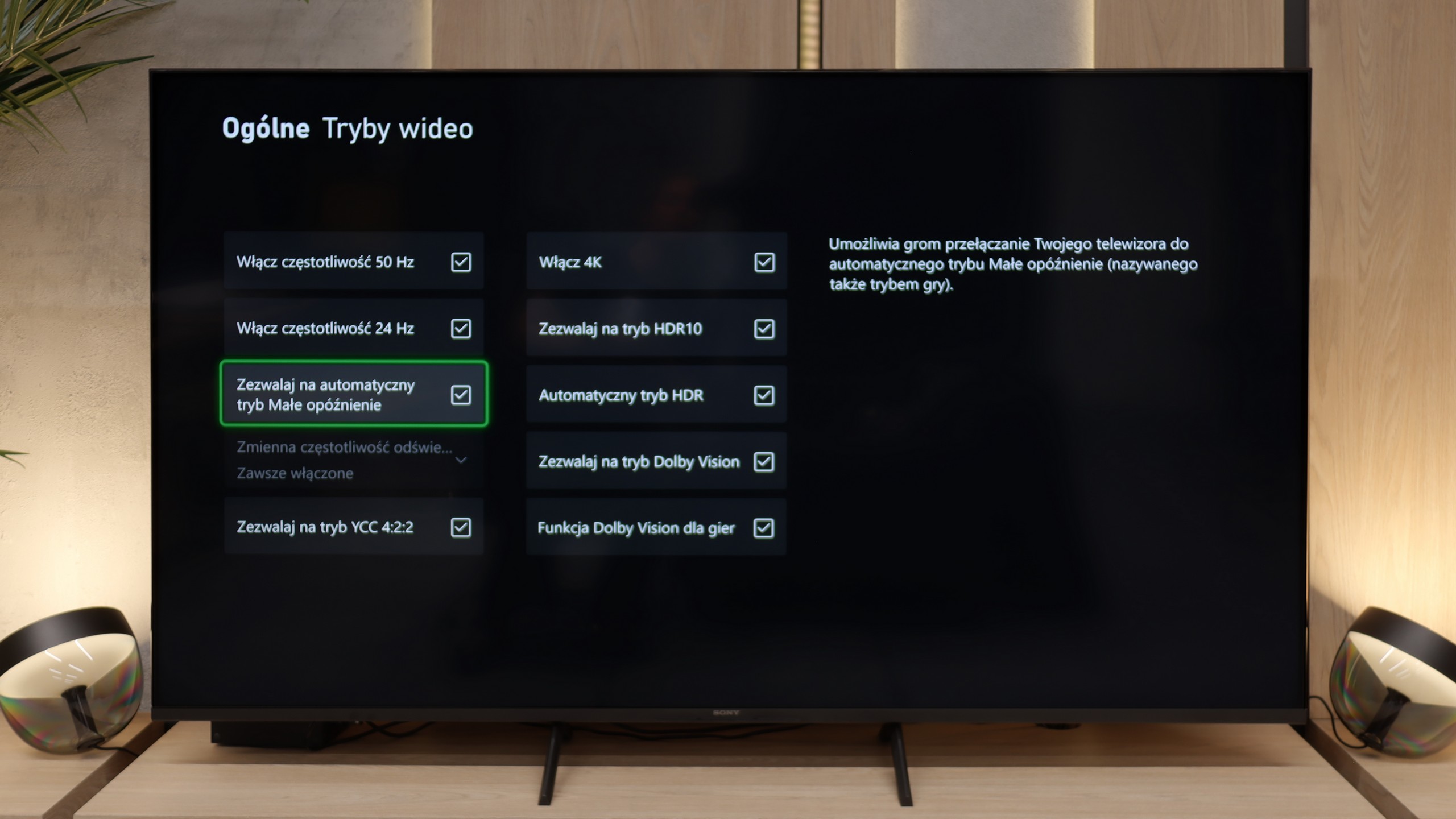

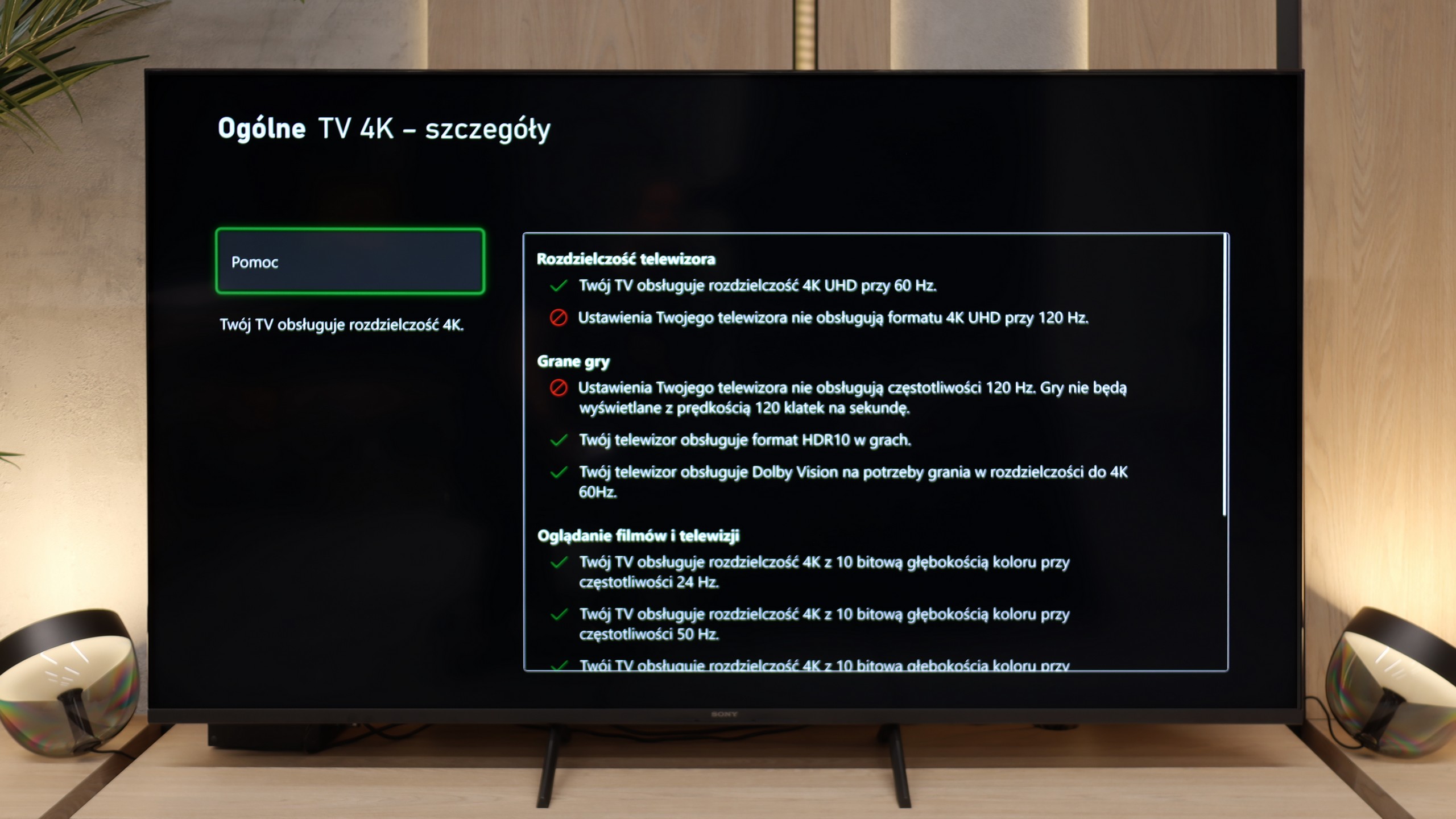

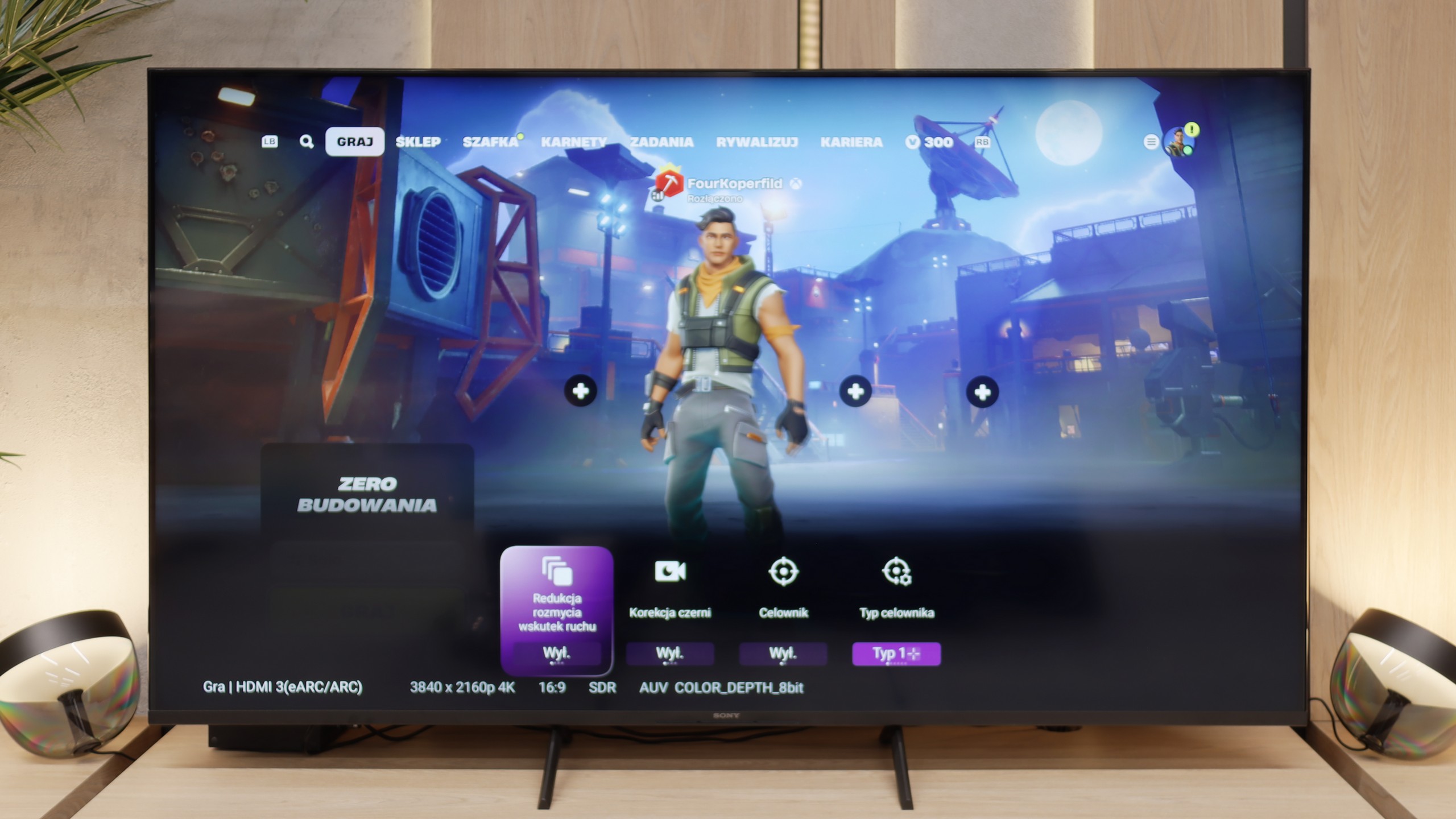

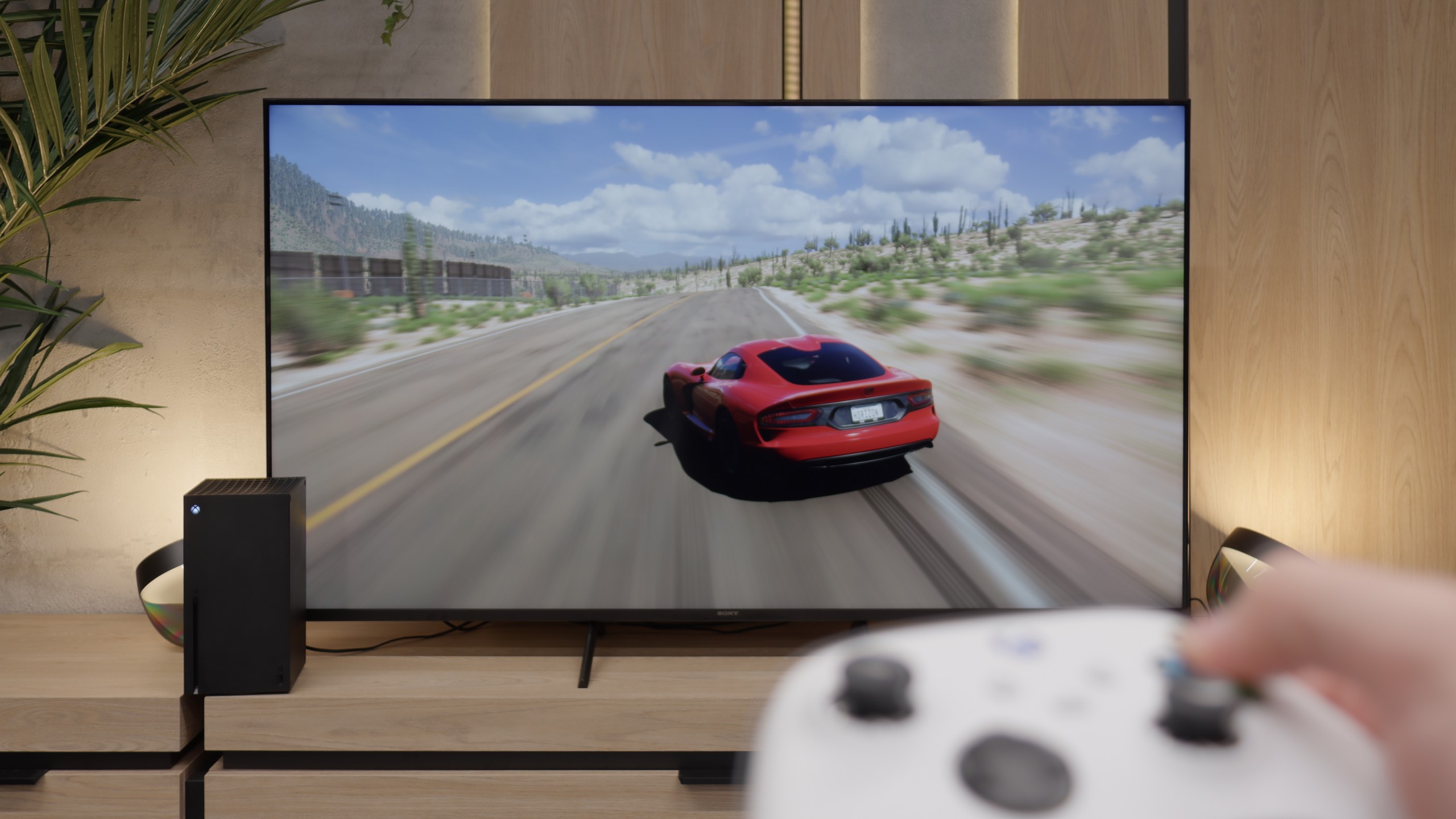
When it comes to gaming, the LG QNED86A6A is a complete tool. It features four HDMI 2.1 ports with a full bandwidth of 48 Gb/s, which means that whether you connect a PlayStation 5, an Xbox Series X, or a powerful PC – everything will work in full 4K at 120 Hz with support for all functions. This is a significant advantage, as some competitors still only feature two such ports, which can be troublesome when dealing with multiple devices. It also includes VRR, or variable refresh rate, which eliminates screen tearing, and ALLM, which automatically activates game mode when the console powers on. Dolby Vision Gaming is included as well, alongside proper implementation of the HGiG format, so titles that support these formats look livelier and more detailed. Additionally, there's the Game Optimizer – a kind of control centre for gamers. From this interface, you can view image parameters in real time, quickly switch modes, activate additional features, or adjust picture settings to your own preferences. The LG QNED86A6A has basically everything you would expect from a modern gaming television.
Bravia 3 isn't gear for eSports enthusiasts or fans of late-night marathons with a controller in hand. The lack of 120 Hz refresh rate and HDMI 2.1 ports closes the topic before it even has a chance to develop. This is a TV for the casual gamer who, after work, fires up FIFA or racing games, not for someone who measures every frame in a spreadsheet. Nonetheless, Sony has added a few nice extras to ensure it’s not too bare. ALLM works as it should, automatically switching the TV to game mode (low latency). We even find a simple Game Bar here, which is clear and straightforward. However, the biggest curiosity is the PlayStation Portal app. Thanks to it, you can launch games from your PS5 wirelessly and see them on the TV screen straight away. Sounds great, but it only takes a few minutes to feel significant delays. In our opinion, it’s more of a showcase of capabilities than something that can be used on a daily basis. If someone really wants to play, it’s better to plug the console in with an HDMI cable and forget about wireless issues.
Input lag
9.9/10
10/10
SDR
HDR
Dolby Vision
There’s really nothing to complain about here. The QNED86A6A achieves excellent results – around 5 ms with 120 Hz content and about 15 ms with 60 Hz. These values will comfortably satisfy both console gamers and those who connect a PC to the TV. The response to movements is instantaneous, so you can forget about delays between the image and the action on the pad.
Here, the Bravia 3 shows its best side. Latency drops below 12 milliseconds in almost every resolution and mode, so the response to controller movements is instantaneous and there's no sense of lag. It feels as if the console and the television are speaking the same language, without any unnecessary pauses or hesitations. The Dolby Vision Gaming mode deserves special mention. In its predecessor, the X75WL model, using this feature was simply a torment – input lag could reach over 100 milliseconds, which effectively took the joy out of gaming. In the Bravia 3, this problem has been completely eliminated.
Compatibility with PC
8/10
3.5/10

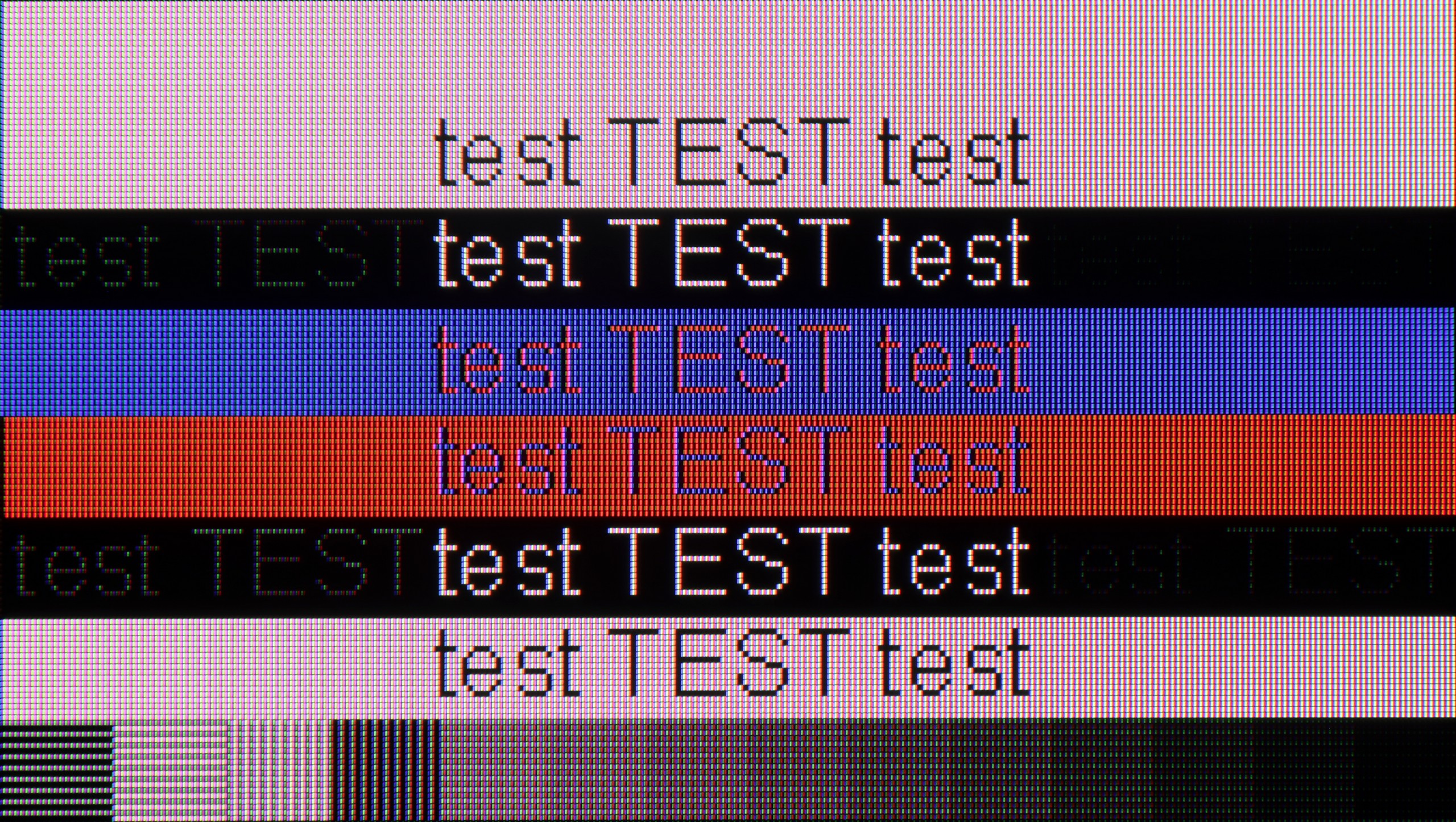
LG QNED86A, with its IPS panel, full RGB subpixel layout, and proper implementation of chroma 4:4:4, makes text look fantastic on the QNED86A6A. The text is sharp, clear, and readable, making the TV ideal for office work. This is important as this year the model also debuts in a 43" size, which can easily sit on a desk and serve as a large monitor. Of course, some users opting for the 43" will be gamers, and here too there are no complaints. The TV supports 4K at 120 Hz, so gameplay is smooth and enjoyable. It's a bit of a shame that there wasn't a mode with a higher refresh rate, such as the 144Hz claimed by the manufacturer, as PC gamers would definitely appreciate that. Despite this, the QNED86A6A performs really well as a monitor for gaming and work.
Working with a computer on the Bravia 3 with a VA panel isn’t as good as with the IPS panel version. The fonts are clearly less sharp and harder to read, which is immediately noticeable when working with text. There’s also a surprising dithering issue that we didn’t notice in the IPS variant. It’s quite an unusual situation, but definitely worth noting, as it may hinder those planning to use the TV as a monitor. As for PC gaming, there’s also little reason for enthusiasm here. The lack of support for frame synchronization with graphics cards or higher refresh rates makes the screen rather unattractive in this role. So if someone is seriously considering connecting the Bravia 3 to a computer, a variant with an IPS panel will be a much better choice, as it performs significantly better in this regard.
Viewing angles
6.9/10
3.2/10
QNED86A6A performs very well in this regard. The IPS panel used here ensures that the image retains its brightness and colour saturation even when viewed at an angle. There is no fading effect here, which often occurs in cheaper TVs with VA panels. Of course – it’s not worth comparing it to the level offered by organic panels, where colours and contrast hold perfectly at almost any angle. But as far as LCD TVs go, this is definitely one of the better results and is more than sufficient for watching movies or sports together on the couch with a larger group.
The viewing angles in the Bravia 3 with a VA panel are clearly poorer than in the version with an IPS panel. It’s enough to sit a little off to the side for the picture to start losing saturation and sharpness, while the black takes on a lighter shade. This is the natural price to pay for the significantly better contrast and deeper black, which are definitely an advantage in this variant.
TV efficiency during daytime
5.8/10
5.4/10

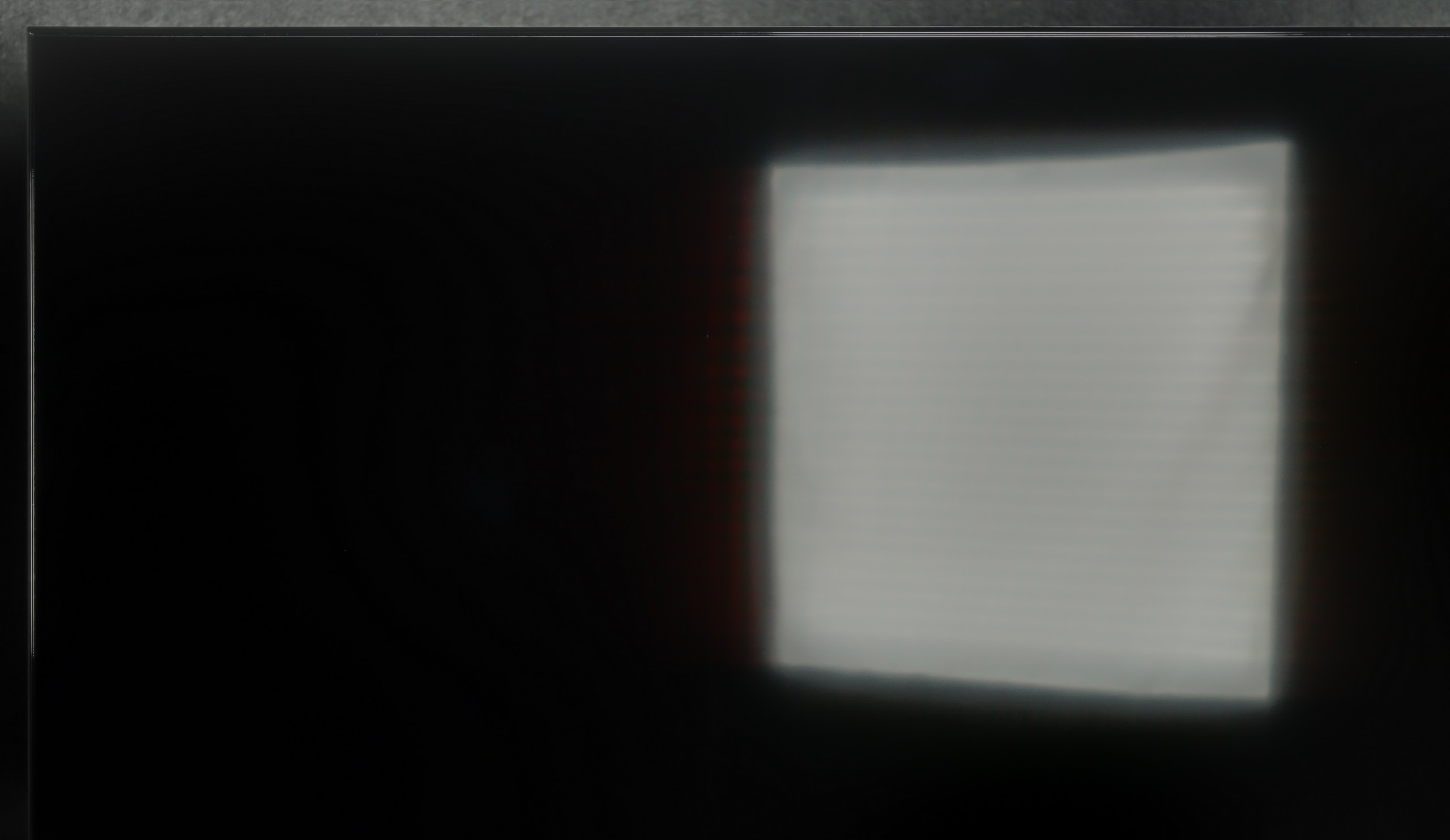

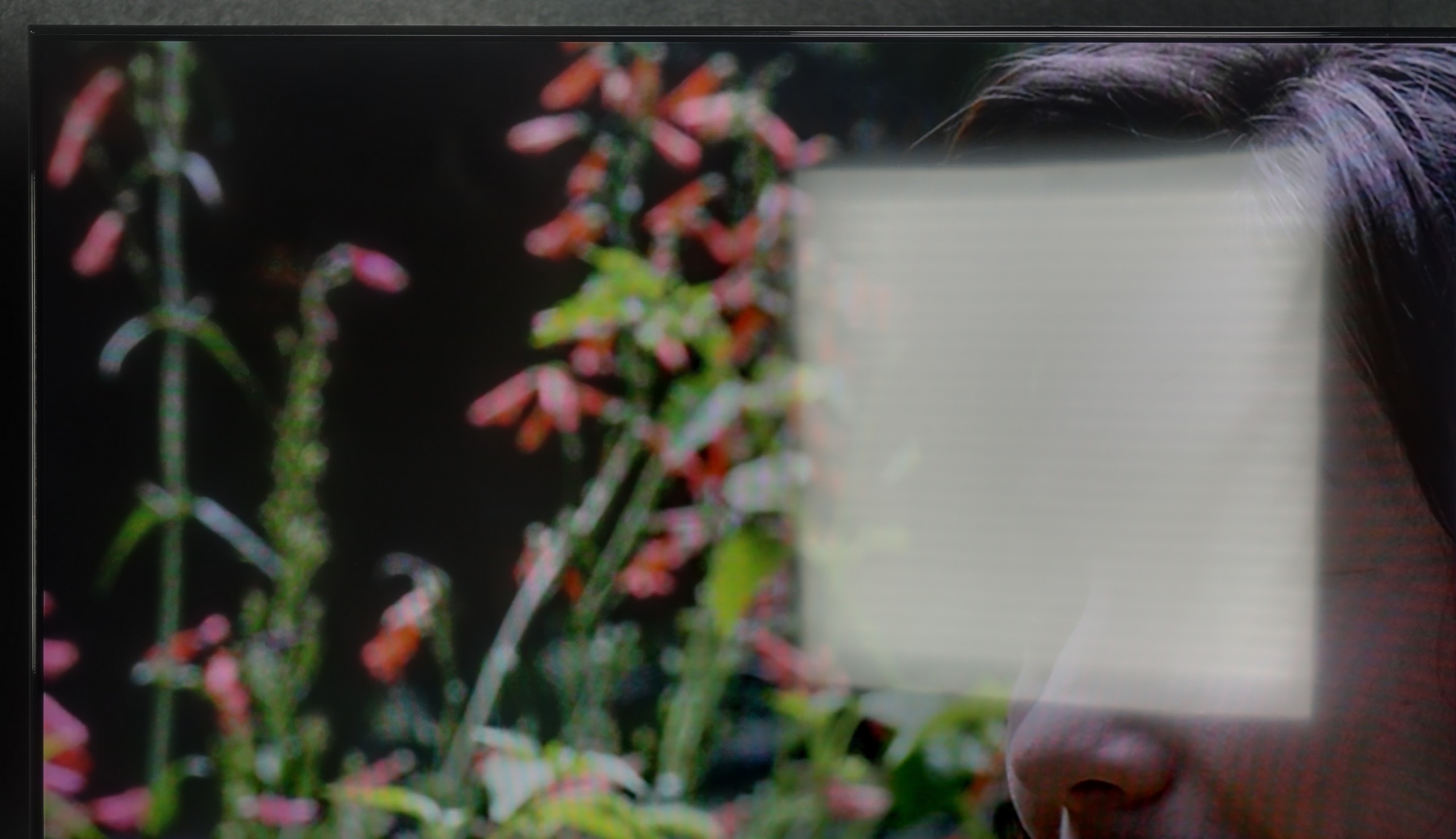
Matrix brightness
Average luminance SDR
Sony Bravia 3 50' (VA): 397 cd/m2
LG QNED86A / QNED85A / QNED87A: 462 cd/m2
QNED86A6A is not a master of brightness, but it manages adequately. Thanks to the moderately high brightness of the panel and quite decent glare reduction, the TV performs well in typical, moderately lit living rooms. The picture remains clear, and the colours do not lose their intensity in daylight. However, let's not kid ourselves, this is not a screen that will handle extremely bright conditions, where sunlight floods in through large windows and strongly saturates the room.
The performance of the Bravia 3 in the VA variant during the day is a mix of pros and cons. The manufacturer has also used a satin finish here, but compared to IPS, it handles direct reflections worse. When sharp light hits the screen, reflections can be more pronounced and may interfere with viewing. On the other hand, the TV compensates with higher brightness. In typical daytime conditions, the image is more readable and clearer than in the version with an IPS panel. Thus, in everyday use, the Bravia 3 in the VA edition can perform even better, as long as we don't place it in a heavily sunlit spot.
Details about the matrix
Subpixel Structure:
Panel uniformity and thermal imaging:

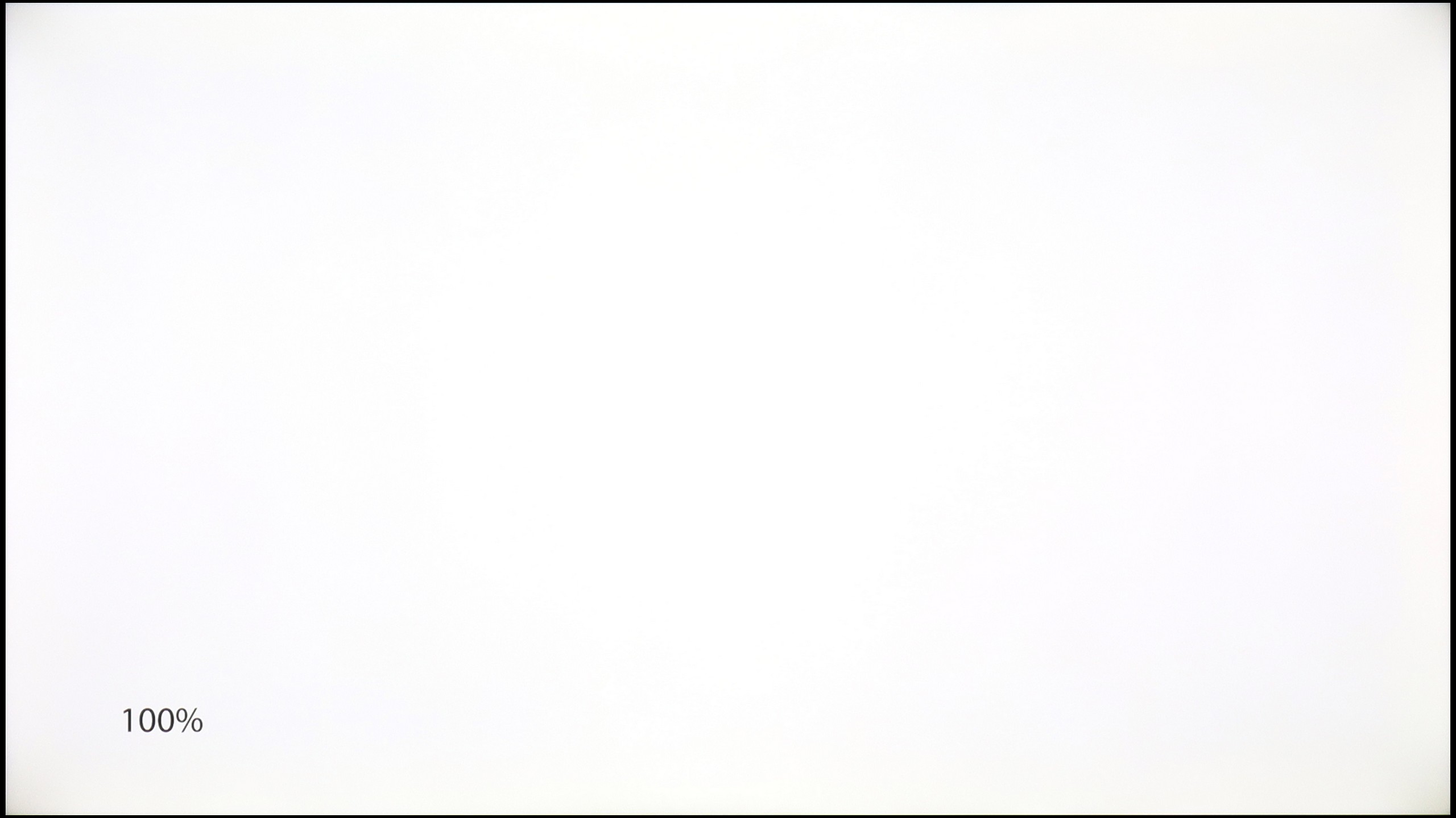
TV features
8.4/10
6.1/10
- HDMI inputs0 x HDMI 2.0, 4 x HDMI 2.1 48Gbps4 x HDMI 2.0, 0 x HDMI 2.1
- OutputsToslink (Optical audio), eARC (HDMI), ARC (HDMI)Toslink (Optical audio), eARC (HDMI), ARC (HDMI)
- Network InterfacesWi-Fi 2.4GHz, Wi-Fi 5GHz, Ethernet (LAN) 100MbpsWi-Fi 2.4GHz, Wi-Fi 5GHz, Ethernet (LAN) 100Mbps
- TV receptionDVB-T, DVB-T2, DVB-S, DVB-S2, DVB-CDVB-T, DVB-T2, DVB-S, DVB-S2, DVB-C
Classic features:
- Recording to USB (terrestrial TV)
- Recording programming
- Picture in Picture (PiP)
- RF remote control (no need to aim at the screen)
- Backlit remote control
- Teletext
- Audio only mode
- Bluetooth headphones support
- Simultaneous Bluetooth headphones & TV audio
Smart features:
- AirPlay
- Screen mirroring (Windows Miracast)
- Voice search
- Voice search in native language
- Ability to connect a keyboard and mouse




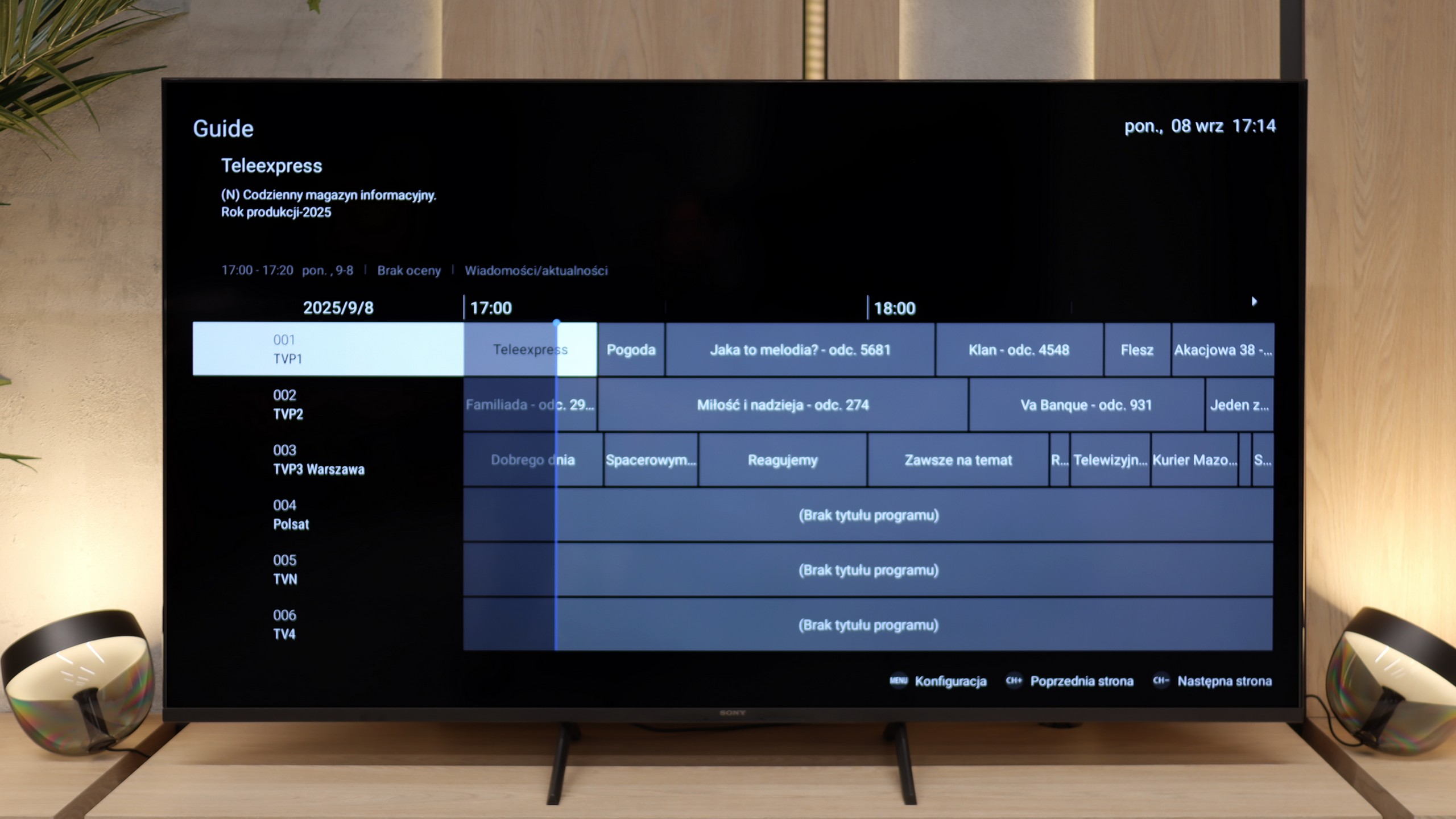
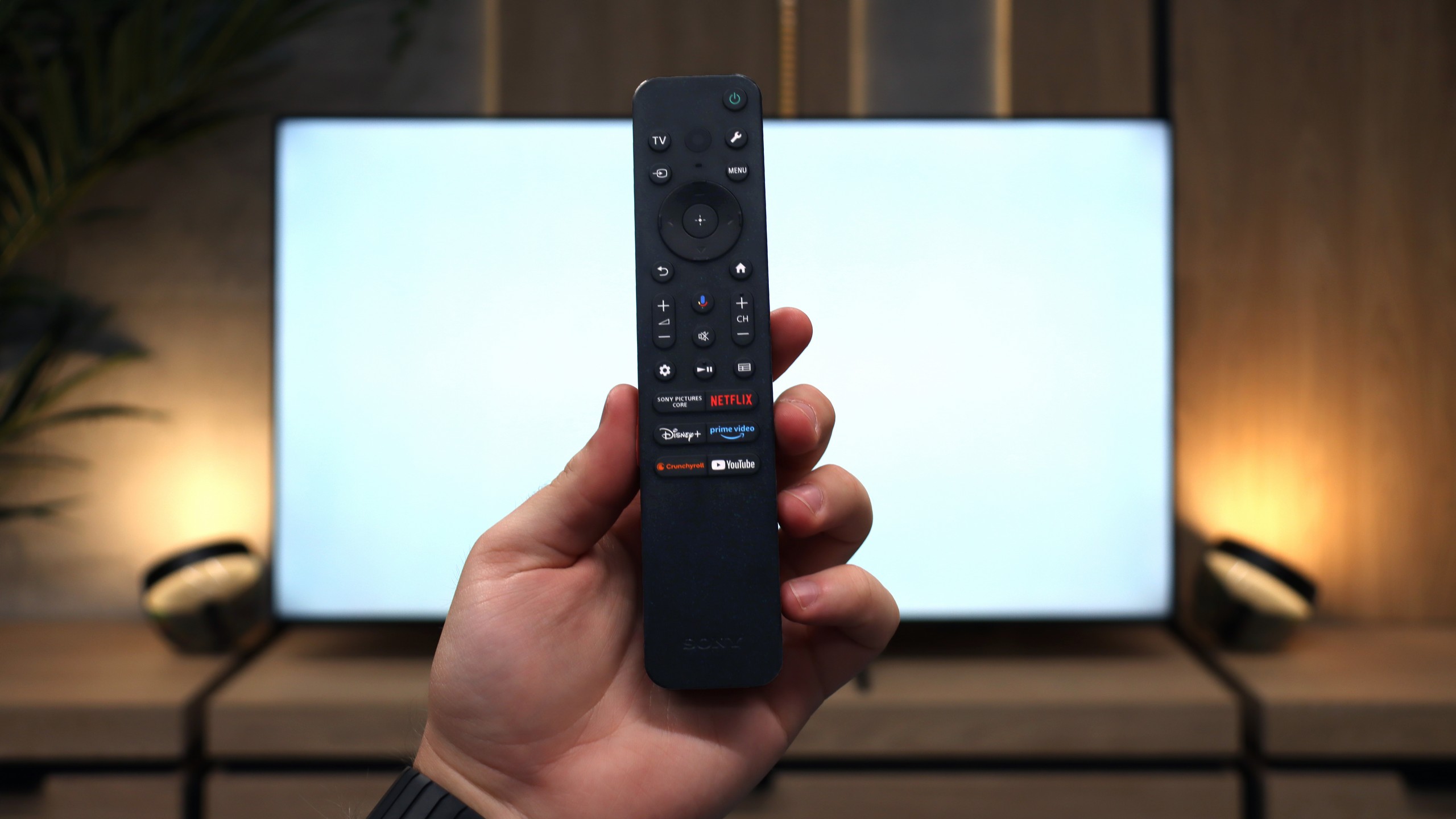
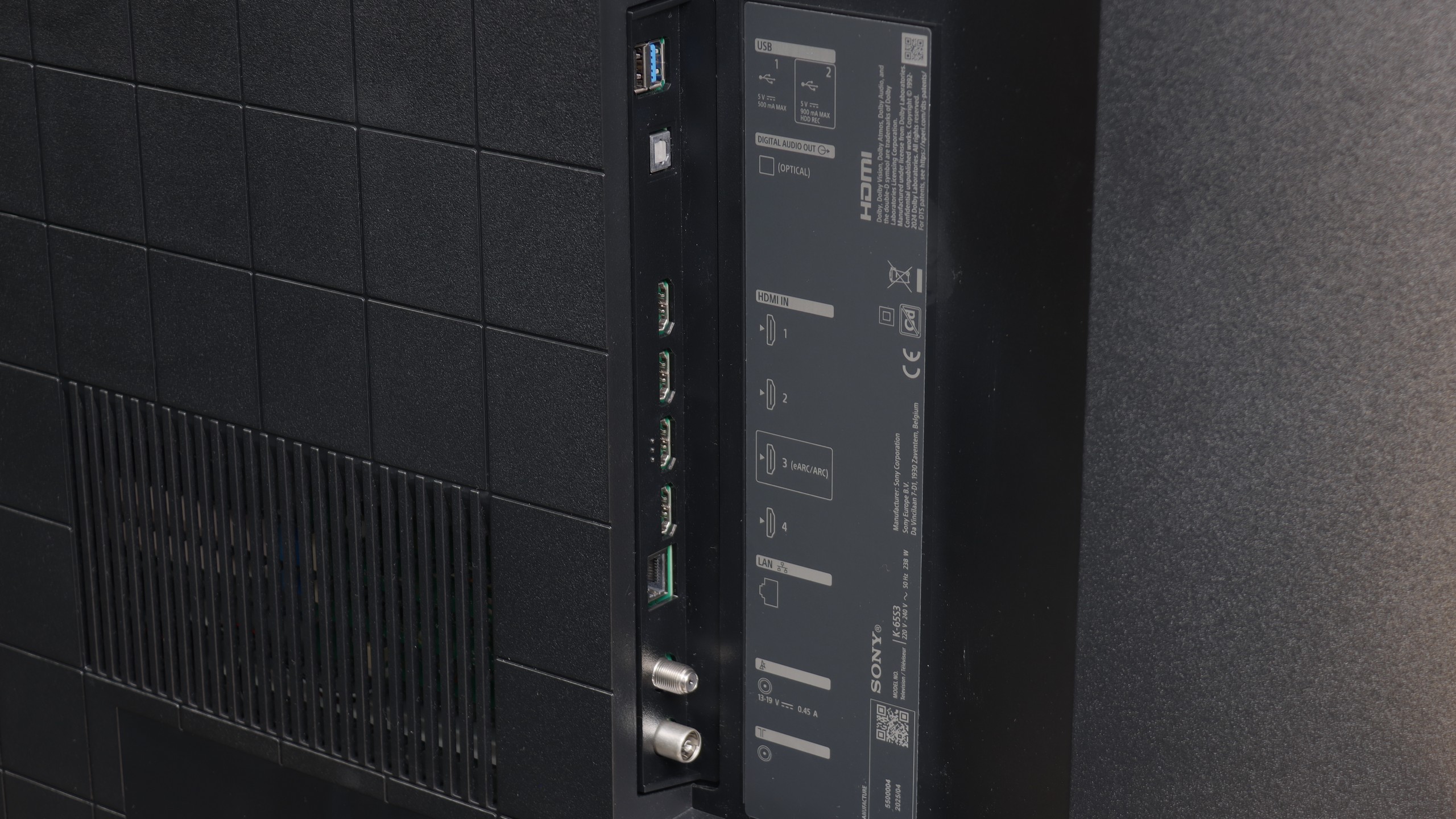
Smart Features: webOS
QNED86A6A runs on the well-known webOS – a system that has been a strong point of LG TVs for years. Everything operates quickly and smoothly, applications launch without significant delays, although the interface can sometimes feel a bit overloaded with ads. Fortunately, day to day, the convenience outweighs the shortcomings. A significant advantage is the Magic Remote, which allows you to control the cursor like a mouse – it's one of those solutions that you quickly get used to and later find hard to give up. In the new version, the remote is slimmer, as it has been stripped of the numeric keypad. Some will appreciate the simplicity, while others will miss the classic set of buttons; it’s more a matter of habit.
Classic Features
On board, we also find some solutions that in 2025 are not always obvious. There is the option to record programs from the built-in DVB-T2 tuners to USB, so you can easily return to a match or series at any time. In the evening, Bluetooth headphone support is handy – especially if someone in the house falls asleep quicker than we do. Additionally, there’s a full set of HDMI 2.1 ports with eARC support and audio formats such as Dolby Digital or Dolby Atmos.
Smart TV Features
The biggest advantage of the Bravia 3 in daily use is the presence of the Google TV system. Thanks to it, we have access to one of the largest libraries of apps and streaming services, so regardless of whether someone mainly uses Netflix, Disney+ or smaller platforms, everything is just a reach away. The Google voice assistant also worked very well, responding to our commands quite "smartly". The Google TV system should theoretically run very smoothly since Sony has been implementing it better than many cheaper competitors for years. Unfortunately, in the case of the Bravia 3, it's not as great as we might have expected. During testing, we noticed slight lags in the interface, and some features, such as screen mirroring, simply refused to cooperate. One might get the impression that the processor in this model sometimes struggles to handle the demanding system, and not everything works as smoothly as we would hope.
Classic Features
Sony, even in the cheapest series, knows how to remind users of its experience with various users. The set includes two remotes. The first is modern and minimalist, with a small number of buttons, which works wonderfully when using applications and Google TV functions. The second is a classic remote with a richer set of buttons and a numeric keypad, which will be appreciated especially by older people accustomed to traditional solutions. It's a nice gesture towards different user groups, and it must be admitted that Sony has handled this very practically. It's a pity, however, that compared to the X75WL model, the ability to record content from TV tuners to USB memory has been removed. The manufacturer has completely abandoned this feature, so if someone was attached to it, they unfortunately won't find it in the Bravia 3.
Playing files from USB
8.9/10
9.6/10
Supported photo formats:
Maximum photo resolution:

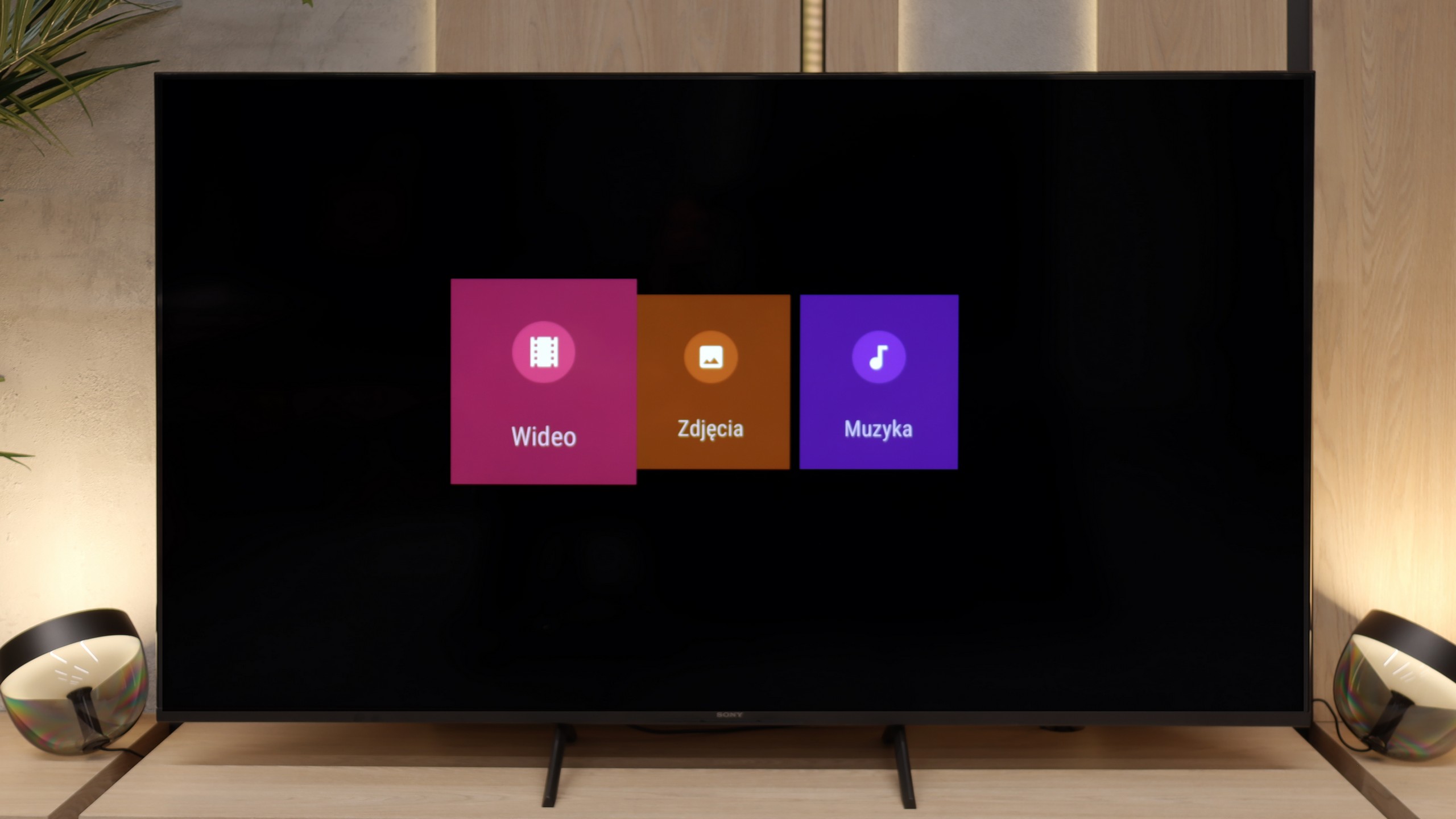
The built-in media player in the QNED86A6A handles the most popular audio and video formats quite well. During testing, we had no issues playing MP4, MKV, or MP3 files; everything played smoothly and without hiccups. The TV also managed most images, although here we encountered a common barrier for many manufacturers – the lack of full support for the HEIC format from Apple. So, if you regularly use an iPhone and store photos in this standard, you'll need to convert them beforehand or, better yet, transfer them using AirPlay. Other than that, it's hard to find fault; as far as built-in solutions go, it's really decent.
Here Sony has really done a great job. The built-in player works quickly and doesn't "choke" when launching various formats. We didn't have to reach for external apps like VLC, as the TV handled even files that can cause quite a bit of trouble on other models – such as HEIC photos from Apple devices. It's a small detail, but one that shows the manufacturer wanted the user to feel complete convenience. By plugging a movie into a USB drive or photos from a holiday into a portable hard drive, you can simply connect them and immediately watch on the big screen. No fuss, no installing additional software, no searching for workarounds. This is really rare in televisions, and it must be said that in this aspect, the Bravia 3 truly surprised us pleasantly.
Apps
9.1/10
9.6/10














































Sound
6/10
6.5/10
- Maximum volume84dB88dB
- Dolby Digital Plus 7.1
- Dolby True HD 7.1
- Dolby Atmos in Dolby Digital Plus (JOC)
- Dolby Atmos in Dolby True HD
- DTS:X in DTS-HD MA
- DTS-HD Master Audio
In terms of sound, the QNED86A6A performs quite decently, but let's not kid ourselves – it’s not a level that will impress home cinema enthusiasts. The sound is clear and distinct, dialogues are easily heard, but overall it sounds rather flat and definitely lacks solid bass tones. For everyday TV watching, streaming services, or news, it’s an acceptable level, however, if you're planning to watch movies or play games more often, even a basic soundbar will make a significant difference.
Bravia 3 plays in a rather flat manner, but makes up for it with loudness. It’s perfect for watching traditional television as the dialogue is clear, and the mid tones are easily heard. Users, especially older ones who mainly value speech comprehensibility, will particularly appreciate this type of characterisation. However, if someone expects more from the sound, like stronger bass or a wider soundstage, it’s worth investing in a soundbar. The television supports modern codecs, including Dolby Atmos and DTS:X, so an external sound system can easily take advantage of their potential. This ensures that with relatively low expenditure, a much fuller and more engaging sound can be achieved.
Sound Quality Test
No sound test video
Acoustic Measurements
84dBC (Max)
75dBC
No acoustic data


